-webp.webp)
Why Was the Afterlife So Important in Ancient Egypt? A Deep Dive Into Egyptian Beliefs
Imagine strolling through the lively streets of ancient Egypt. Gold temples would stretch up to the sky, great pyramids loom in the distance, and the constant hum of activity would fill every corner. Yet, beneath the surface of this thriving civilization, one idea influenced everything: the afterlife. The afterlife was not just an abstract concept for the ancient Egyptians; it was alive, part of their culture. The Egyptians didn‘t just believe in life after death; they saw it as the goal of human existence, something worth dedicating their entire lives to.
So why was the afterlife so important in ancient Egypt? Why did they spend so much time, energy, and resources preparing for what awaited them on the other side? In this journey through the ancient Egyptian belief system, we’ll explore how the afterlife wasn’t just continuing life—it was a transformation, an eternal opportunity for rebirth. Get ready to discover why the afterlife was the beating heart of the Egyptian civilization.
Understanding the Afterlife in Ancient Egypt
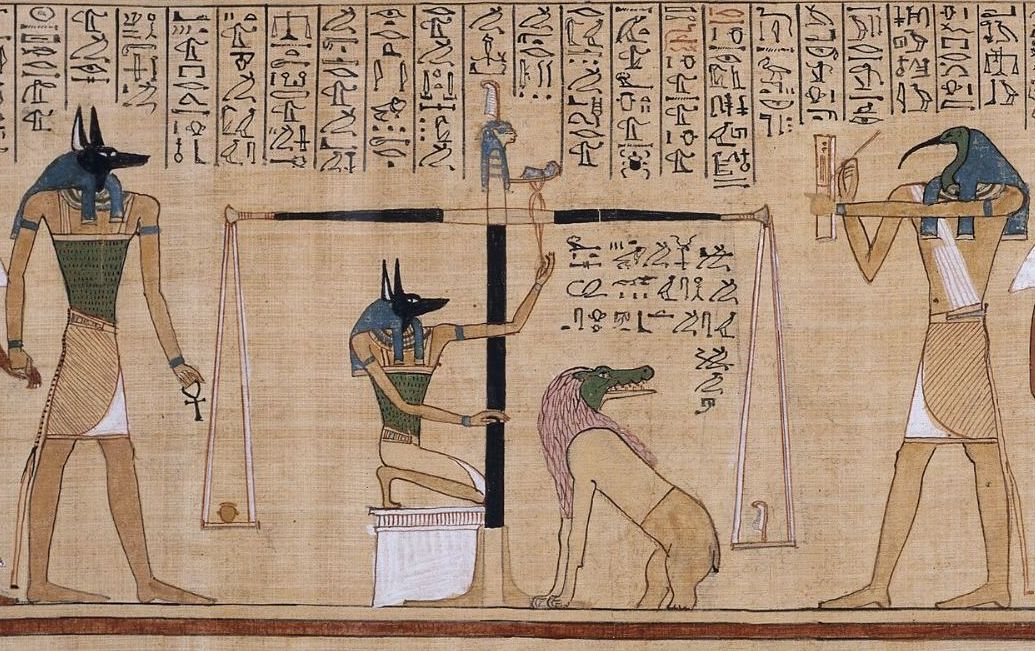
To the ancient Egyptians, the afterlife was not some far-off, vague reality but was as real as life itself they lived every day. The ancient Egyptians, in fact, often considered the afterlife as the true continuation of life. The Egyptians believed that death was a transition into another world that paralleled earthly existence. The cult believes it was part of their civilization-from pyramids built for tombs, down to the minute details of rituals performed to pave the way to the afterlife.
Death was not feared but celebrated—a step toward something better. It was to return to the gods and take up one’s residence with them, eternal life being assured in their company. For Egyptians, the afterlife was a goal, and people were getting ready for the journey there. Whether through designed tombs, sophisticated burial rituals, or crafted spells in the Book of the Dead, Egyptians left nothing to chance to secure their place in the next life.
Why the Egyptians Believed in Life After Death
But why did they believe in life after death in the first place? The ancient Egyptians believed that the soul was eternal, composed of two parts: the ka, the vital essence, and the ba, the personality. Upon death, the ka would remain with the body, while the ba would take a journey to reunite itself with the ka in the afterlife. Yet this was far from a straightforward journey; rather, it was an underworld trek full of dangers, trials, and even the chance of failing judgment.
The Egyptians viewed death as a return to the gods. The god Osiris, ruler of the afterlife, was the prime example of death and resurrection. Osiris died, but he came back to life, giving all Egyptians hope of rebirth. His story was not just a myth but a blueprint for how the soul could change and live again.
Life After Death in Ancient Egypt
The Egyptian afterlife was not a gloomy, dark underworld, where souls would wander in darkness. Quite to the contrary, the Egyptians envisioned the afterlife as a place filled with light, beauty, and everything they cherished in life. They believed that the afterlife was continuing earthly life, complete with all the comforts and joys enjoyed while alive.
Imagine walking through the Field of Reeds lush, eternal paradise where you could live in peace, free of pain and hunger. In this idealized afterlife, you would reunite with loved ones and work, eat, drink, and enjoy leisure activities. But getting there wasn’t easy: the deceased had to make it through many challenges in the underworld, defeat monsters, and answer to gods. Only those who had passed the test could enter this beautiful paradise.
Why Did Egyptians Love Death?
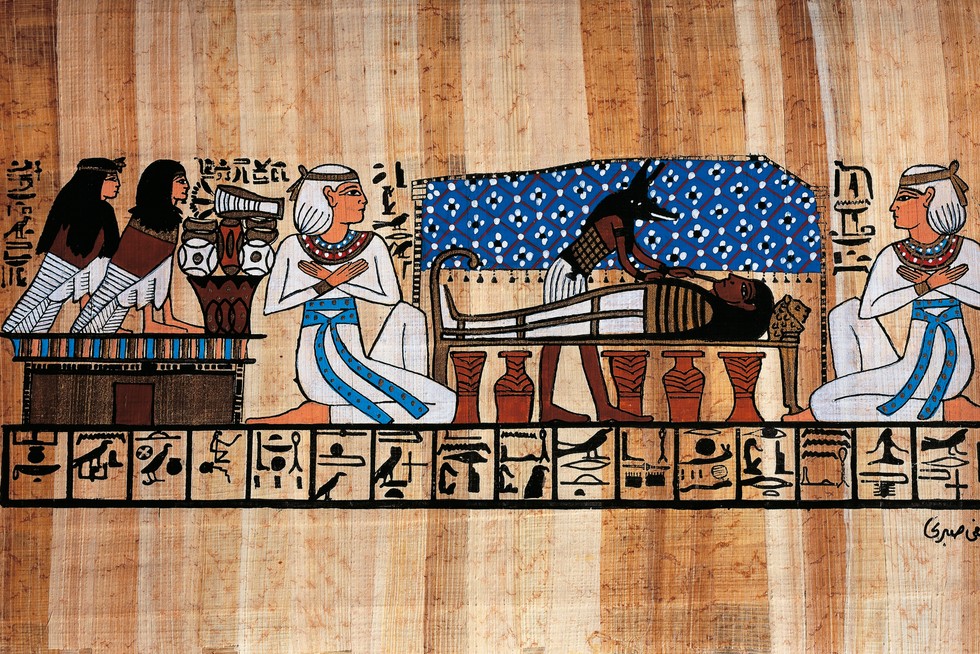
Now, you might wonder how anyone could love death. To people today, death is the end cause of grief and fear. But to the ancient Egyptians, death was something else. It wasn’t the end of life but a new beginning, a transformation that would carry over into a more glorious existence.
Rather than mourn death, Egyptians embraced it with a sense of hope and purpose. For them, death was a necessary transformation—a passage to immortality. They believed the soul must “die” in the physical world, like a seed dying in the ground, to be reborn in the afterlife, just as the seed sprouts and grows. Death wasn’t feared but expected, for it held the promise of resurrection and eternal life with the gods.
Death as a Transformation, Not an End
To the Egyptians, death was not the final curtain; it was only the end of one phase and the beginning of another. This very belief shaped their entire approach to death and the afterlife. They didn’t consider the body as something to be discarded, but as a vessel that had to be preserved for the soul’s journey. Mummification was the ritual to be performed to keep the body intact for the soul to continue its journey in the afterlife. Without proper preservation, the soul would be lost, and the person would fail the trials of the afterlife.
The Egyptians viewed death as a significant change in life. The soul left its earthly existence, went into the underworld, and re-emerged in a better, timeless form. This belief has made death not something to fear, but to prepare well and for.
The Gods of the Afterlife in Ancient Egypt
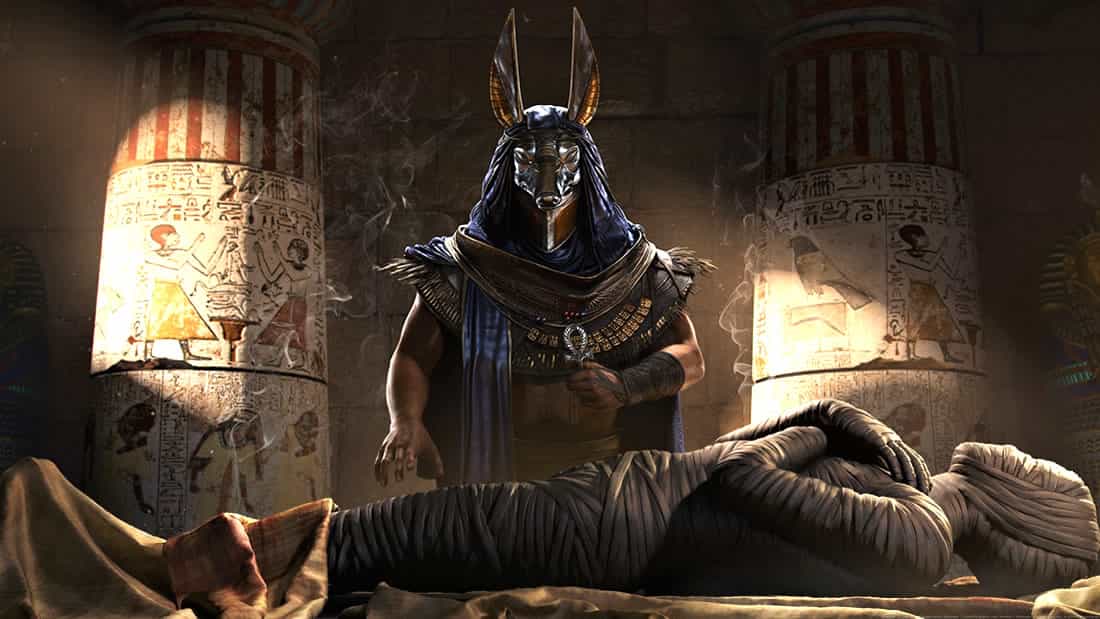
Who is Osiris?
Among so many gods taking part in the scenario of life after death, Osiris turned out to be the most significant figure; he was the god of resurrection and ruler of the world under the ground, and the legend about him is one of the most enthralling stories in Egyptian mythology. Osiris had been a living king beloved by people until his brother Set murdered him. His wife, Isis, struggled to resurrect him. Because of this resurrection, Osiris became the god of eternal life and rebirth.
Osiris was not just a god to the ancient Egyptians but represented their hopes for immortality. His resurrection was more than symbolic; it was a promise that they too could defeat death and rise again.
Who is the God of the Afterlife?
While Osiris was the lord of the afterlife, other gods also played a significant role in the journey of the deceased. Anubis was the jackal-headed god and was the god of mummification and funerary rites. Anubis, the protector of the dead, embalmed the bodies for their next journey. During the judgment, Anubis weighed the heart of the deceased against the feather of Ma’at, a symbol of truth and justice, playing an important role.
The Significance of Osiris and Anubis
The combination of Osiris and Anubis expresses the Egyptians’ concept of death and further life. Osiris expressed hope for resurrection and eternal life, while Anubis saw that the body of the dead man was prepared for the journey. Both of them were a godly couple who would guarantee the soul’s passage from this life to the other in safety.
Anubis: The God of Funerary Practices
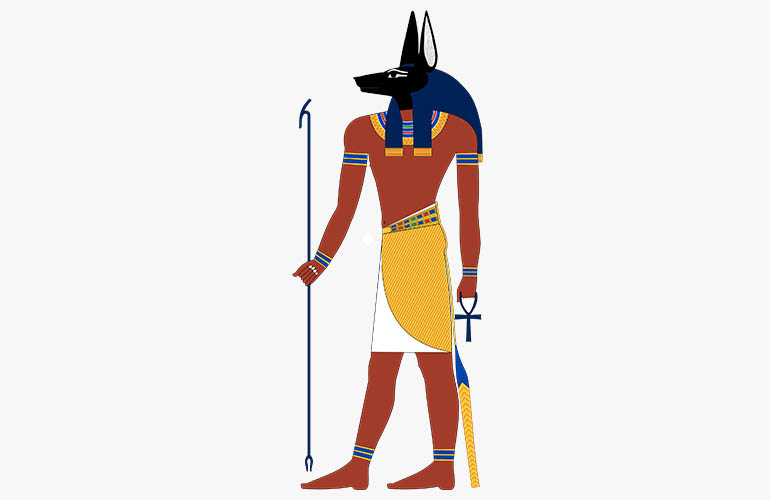
The Story of Anubis and His Role in the Afterlife
Another essential role was that of Anubis as the god of funerary practices. Anubis appeared as either a complete jackal or a man with a jackal head. People perceive jackals as protectors of graves because they scavenge around burial sites. It, therefore, follows that this god will oversee such delicate processes as embalming and burial to ensure the safety of the dead during their journey.
What is Anubis’s Symbol?
Anubis’s symbol was the jackal, a creature that scavenged around the tombs. This connection with the dead made sense because jackals were known to be near burial places. He was supposed to lead souls, protect bodies, and make sure their travel in the afterlife was unhindered.
The Egyptian God Anubis | God of Death
Despite his association with death, Anubis was not a god of destruction but a guardian who helped souls through the dangers of the underworld. He was there to ensure the dead could pass through the journey in safety, under his protection and guidance.
The Underworld and the Afterlife in Ancient Egypt
The underworld, or Duat, was a perilous place. Here, souls went through tests, creatures, and gods, who either helped or hindered their journey. The travel to the afterlife wasn’t easy; it was the test of the worth of a soul and its ability to survive the trials and tribulations that lie ahead.
Journey to the Afterlife: Step-by-Step
The journey to the afterlife was not a quick ride. After death, one’s soul would take this extensive and hazardous journey through the underground world. On the path, it would meet gods, monsters, and even testings designed to decide on its purity. Its last stage was the Weighing of the Heart when it had to weigh against Ma’at’s feather. If the heart was pure, then the soul earned eternal life. If not, the fearful creature Ammit consumed it and destroyed the soul.
The Weighing of the Heart and The Final Judgment
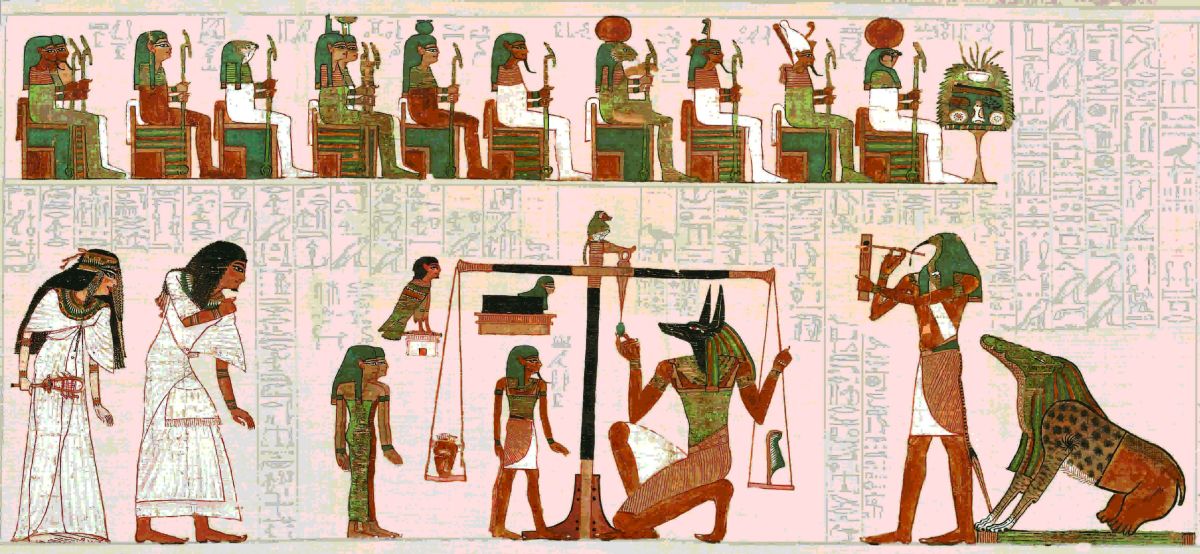
One of the most critical moments in the journey to the afterlife was the weighing of the heart. If the heart was lighter than the feather of Ma’at, the soul was pure and thus could enter the afterlife. If the heart was heavier, that meant the person had lived an unworthy life, and Ammit, the devourer of souls, consumed the soul, losing it forever.
The Book of the Dead: A Very Real Guidebook to the Afterlife
The Book of the Dead was a crucial book for the dead. It contained spells and prayers that helped the soul overcome all the challenges of the underworld. The Book of the Dead was vital for souls hoping to reach the afterlife. It protected them from monsters and ensured they could pass through the gates of judgment.
From Life to Life: The Cycle of Rebirth
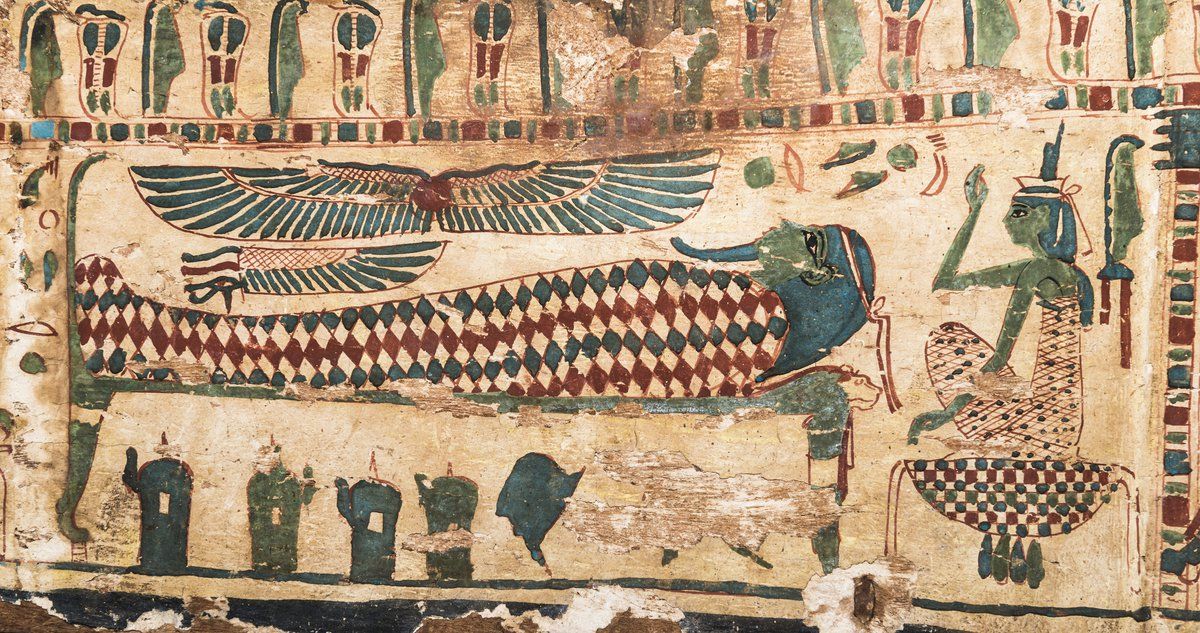
Death as a Transition to the Afterlife and Life Continuation
The Egyptians thought of death as a transition, not an end. They believed that after death, the soul would be reborn, much like the crops that sprouted from the Nile each year. This belief in rebirth was central to their understanding of life and death.
The Cyclic Nature of Egyptian Religion: Rebirth and Resurrection
For the Egyptians, life death, and resurrection were cyclical. Just as the sun rose and set, just as the Nile flooded and then receded, death was only one further step in an ongoing renewal. For the Egyptians, the afterlife was a continuation-it was not escape, but the eternal process continued.
Tombs, Pyramids, and Burial Practices
People designed the tombs, especially pyramids, with the afterlife in mind. They were not just places to store the body, but protected the soul and guide it to the next world. They filled the tombs with everything the deceased might need: food, treasures, and offerings. The grander the tomb was, the more likely the soul could reach the afterlife and enjoy eternal peace.
Conclusion
The afterlife was everything to the ancient Egyptians. It was not just a continuation of life but a place of eternal peace, renewal, and transformation. From elaborate tombs and burial rituals to the powerful roles of gods like Osiris and Anubis, the belief in life after death shaped the entire Egyptian worldview. So, why was the afterlife so important in ancient Egypt? Simply put, it was the ultimate destination—a place where souls could live forever, free from earthly struggles. For the Egyptians, death wasn’t the end; it was a passage to something far greater. This belief still resonates in the towering pyramids and ancient tombs that stand as timeless reminders of Egypt’s deep connection to the afterlife.
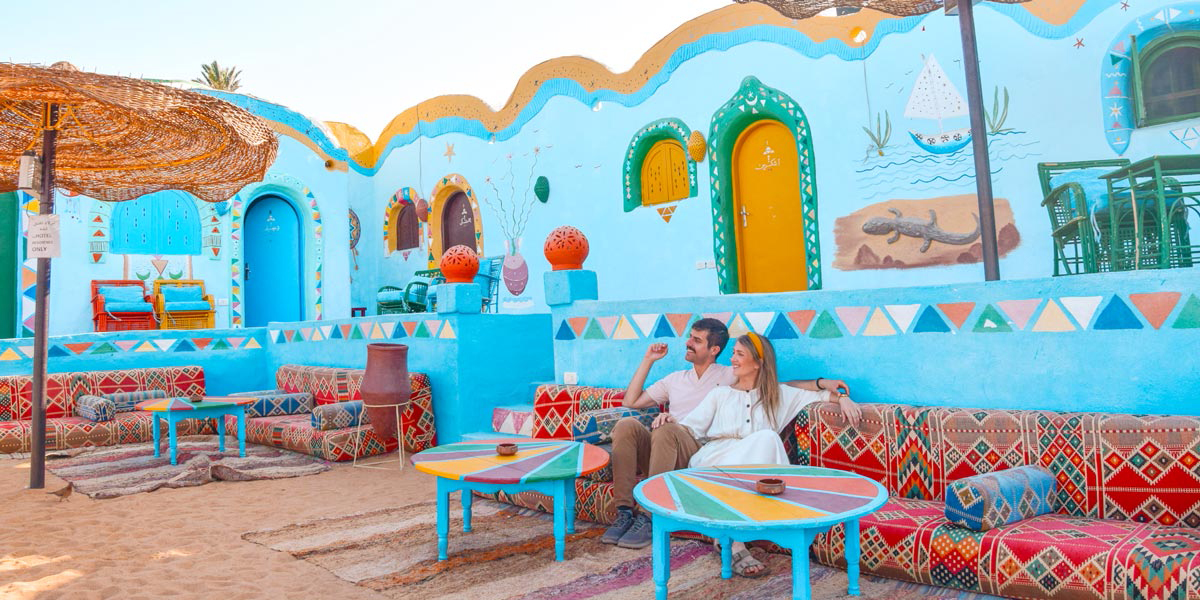
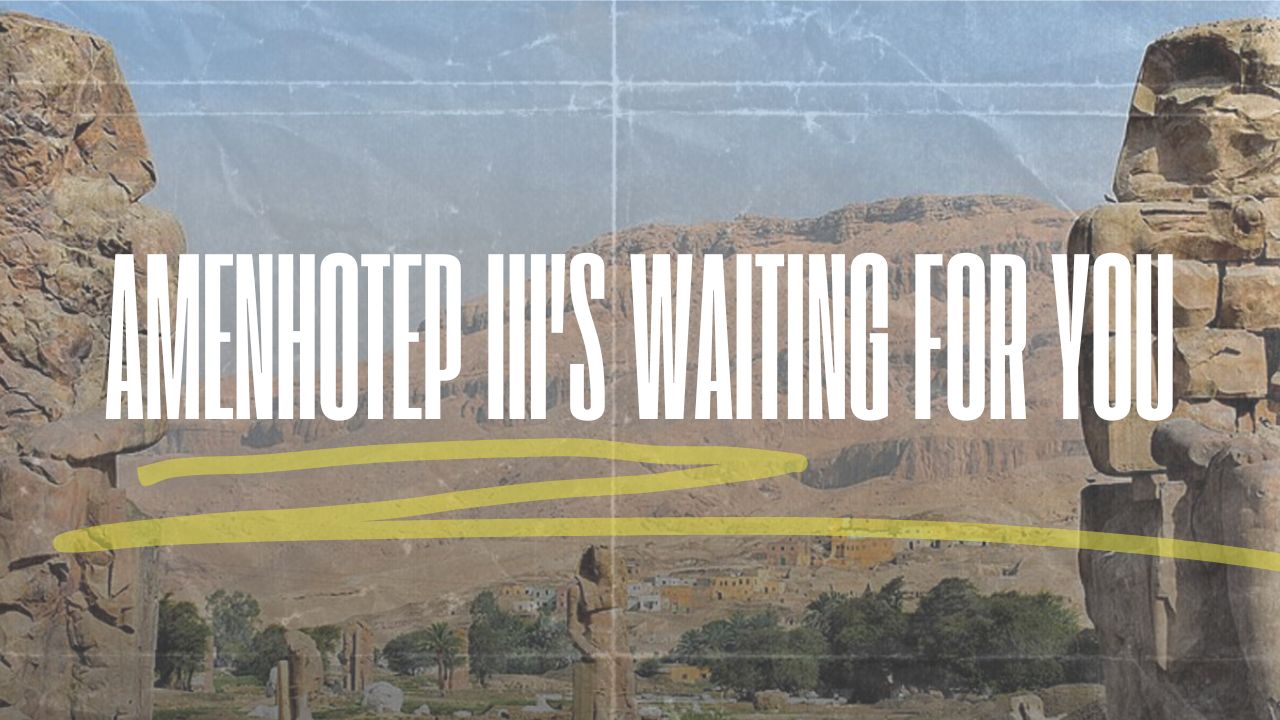
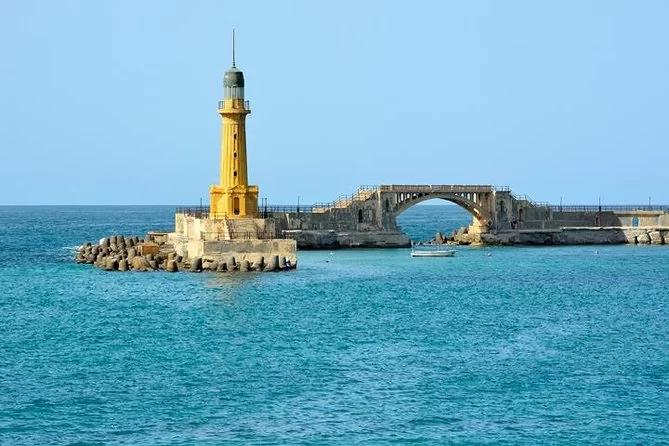




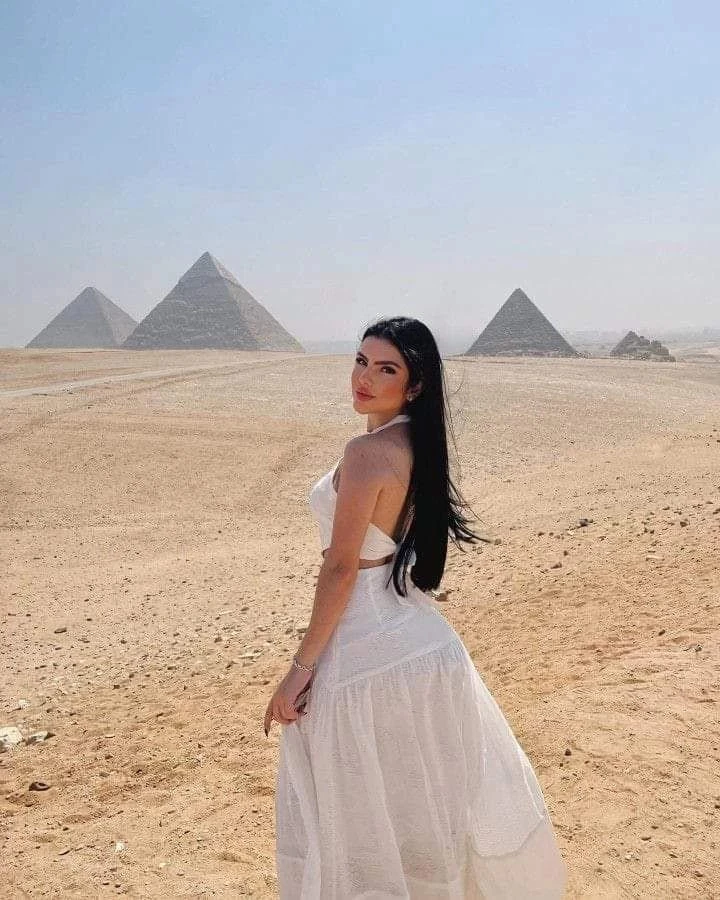

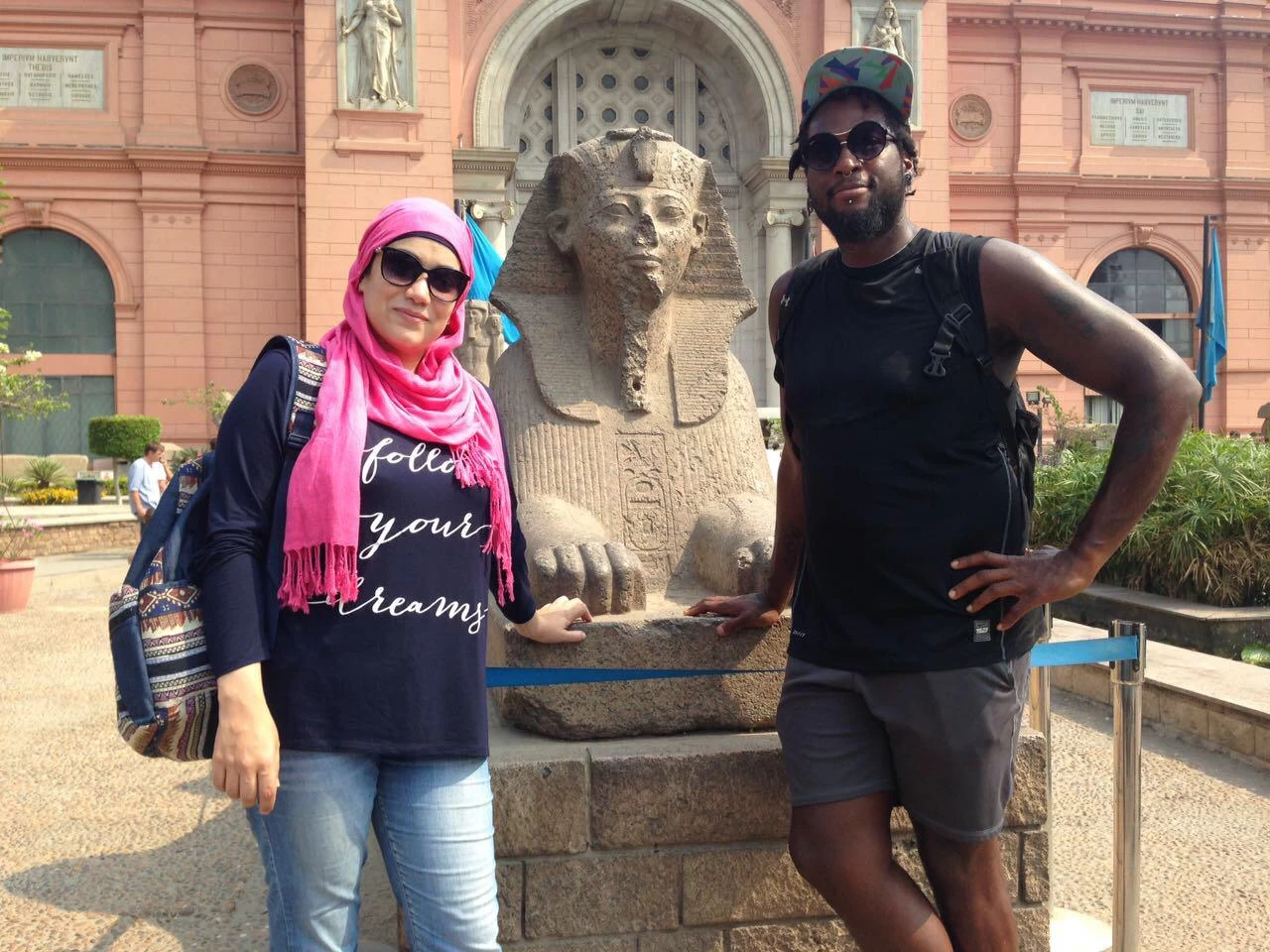
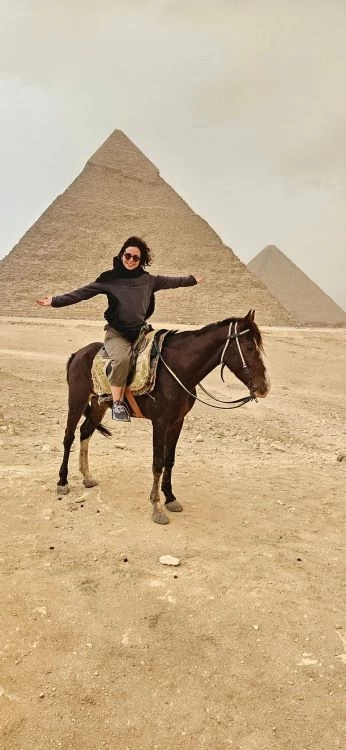
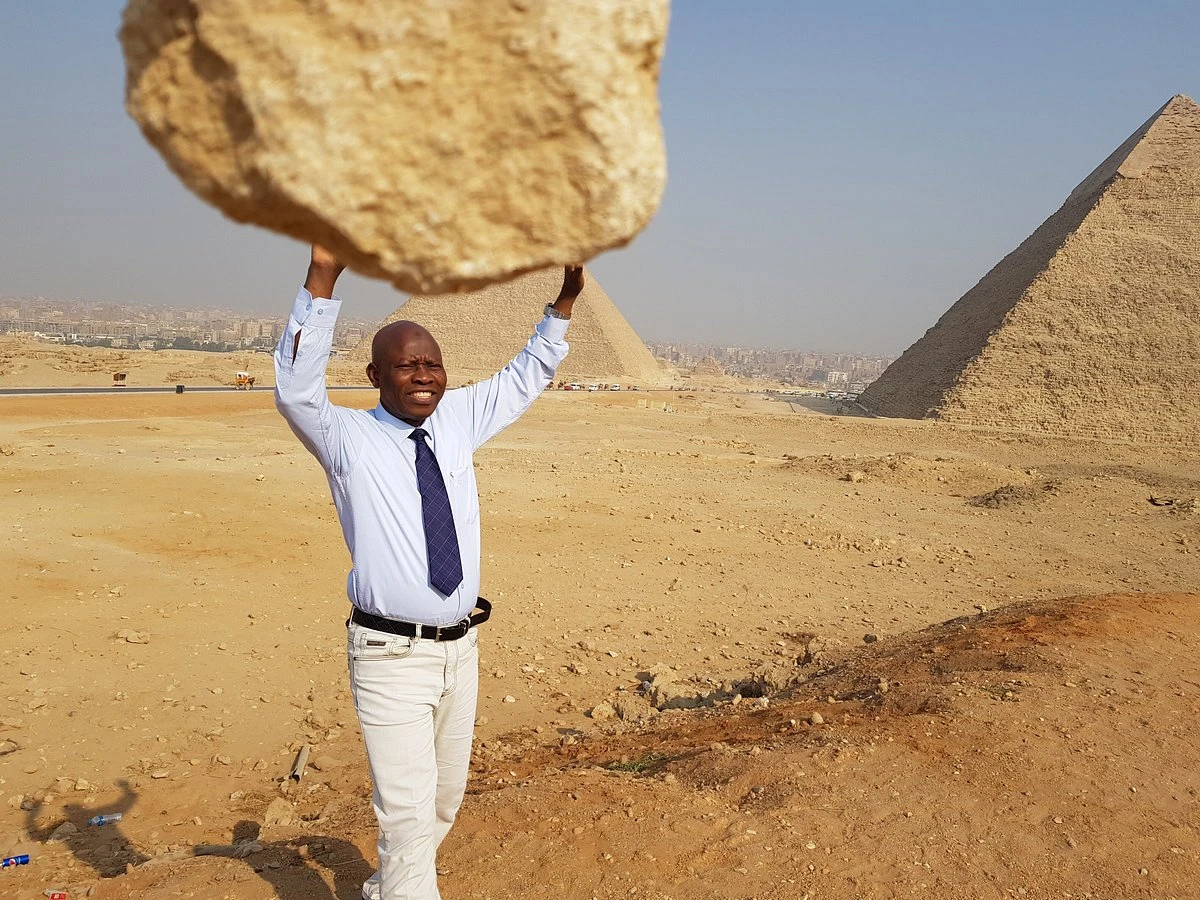
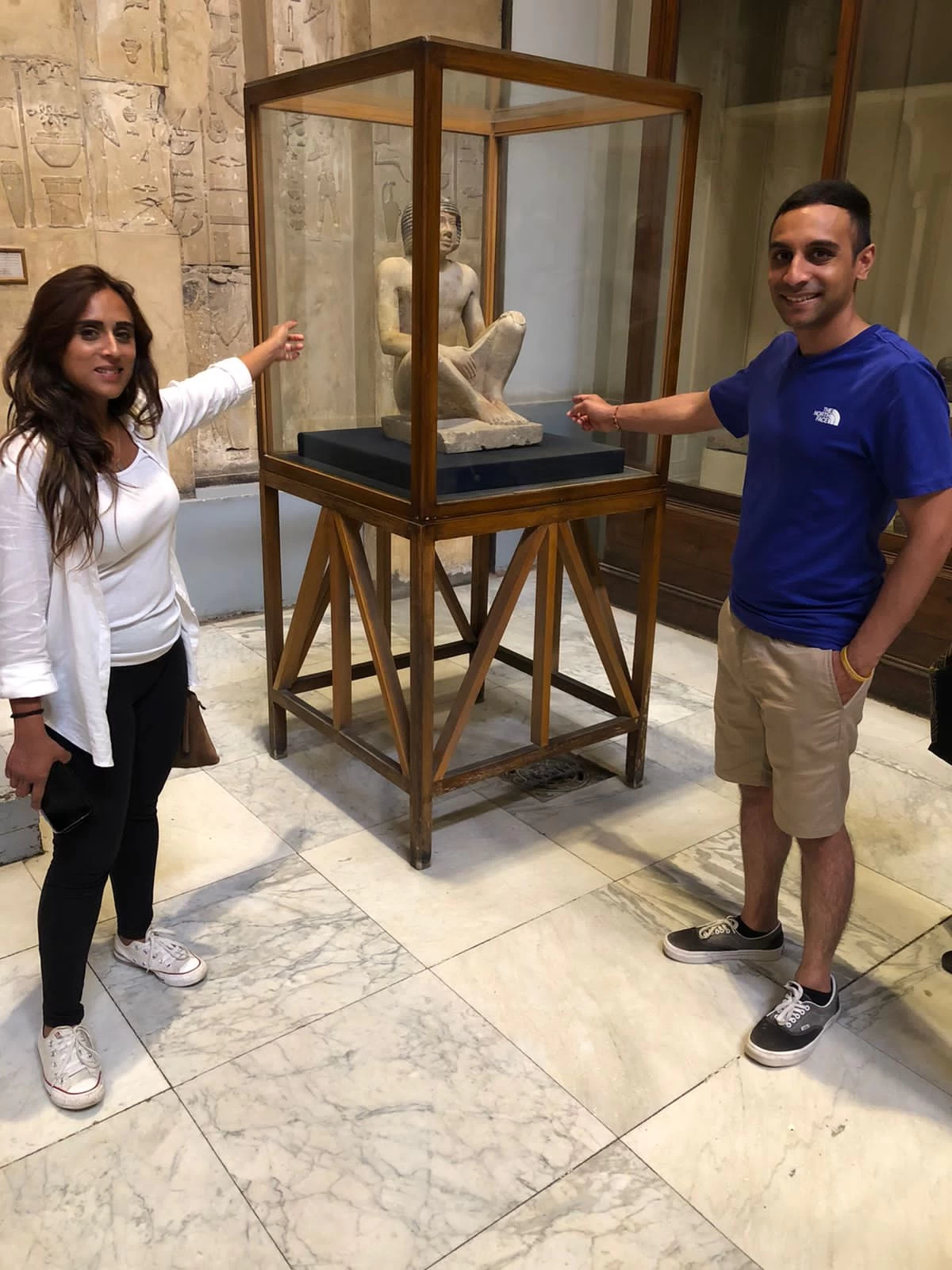
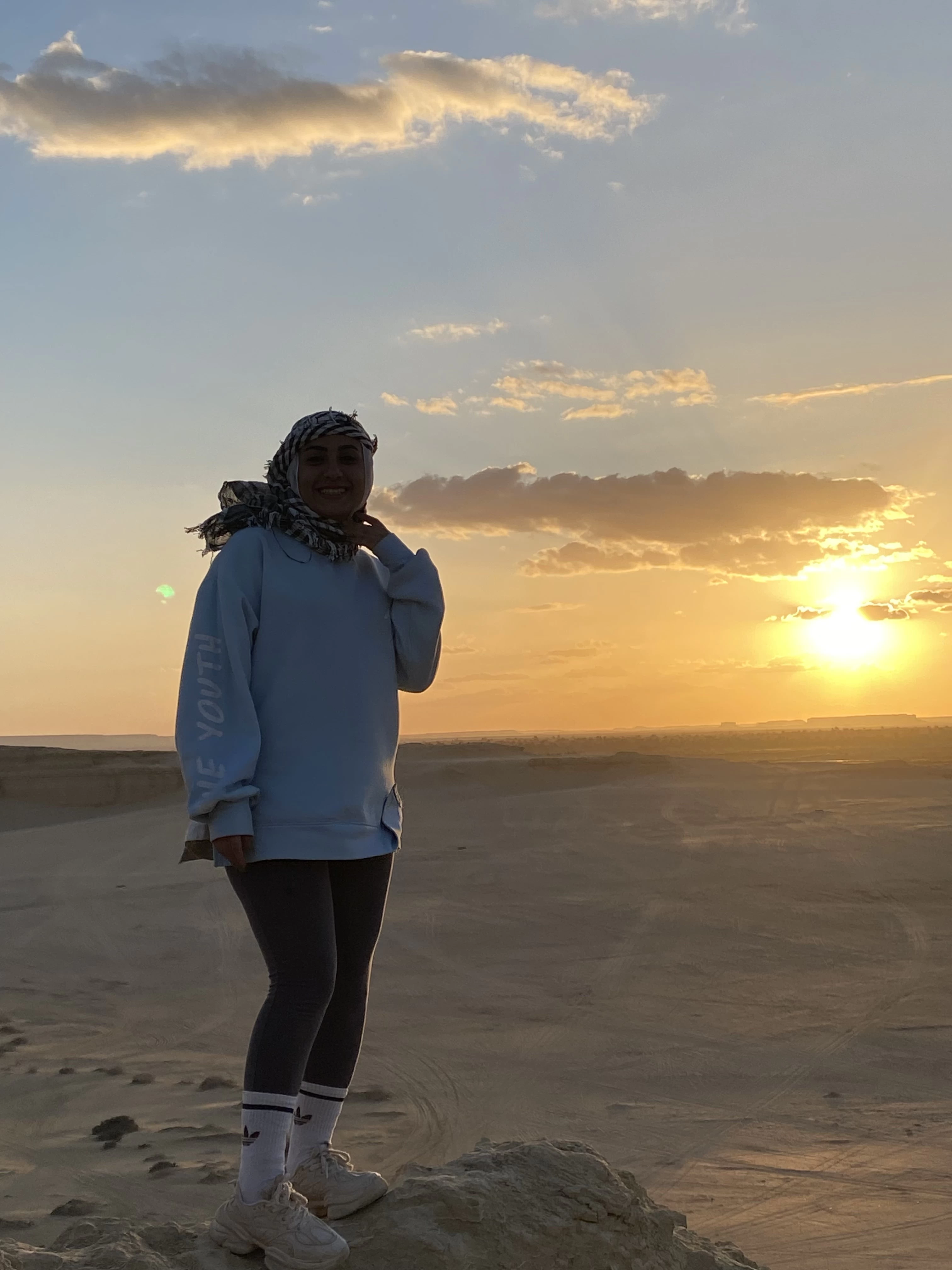
-webp.webp)
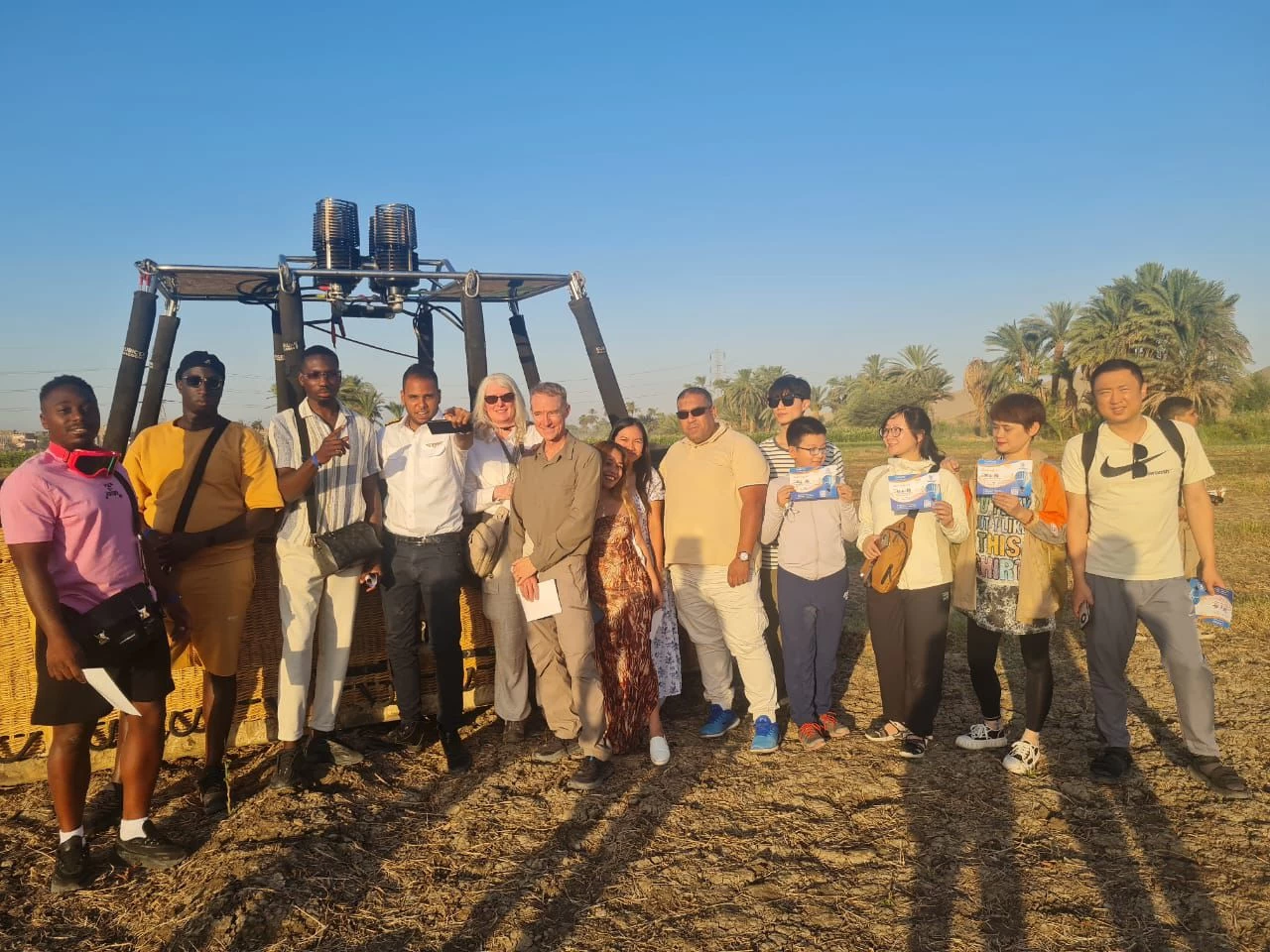
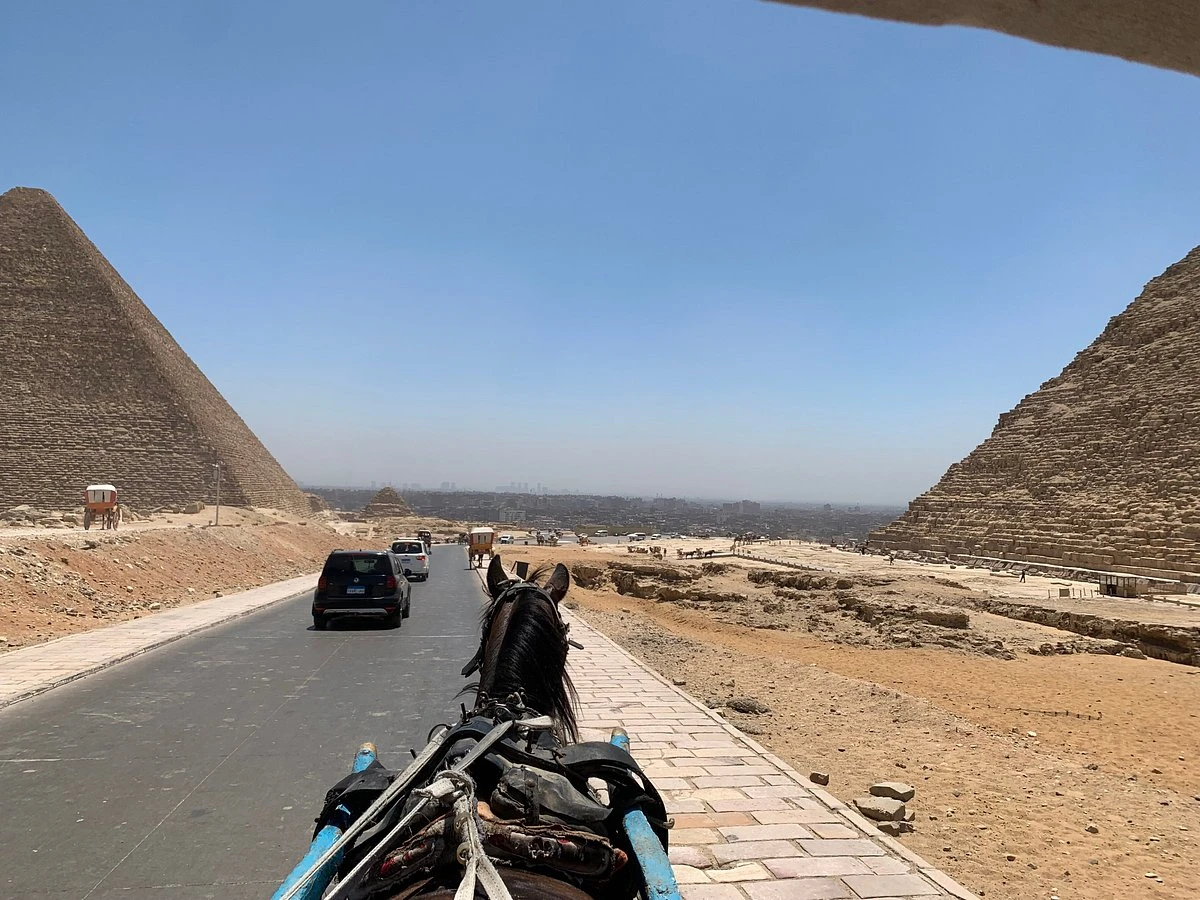
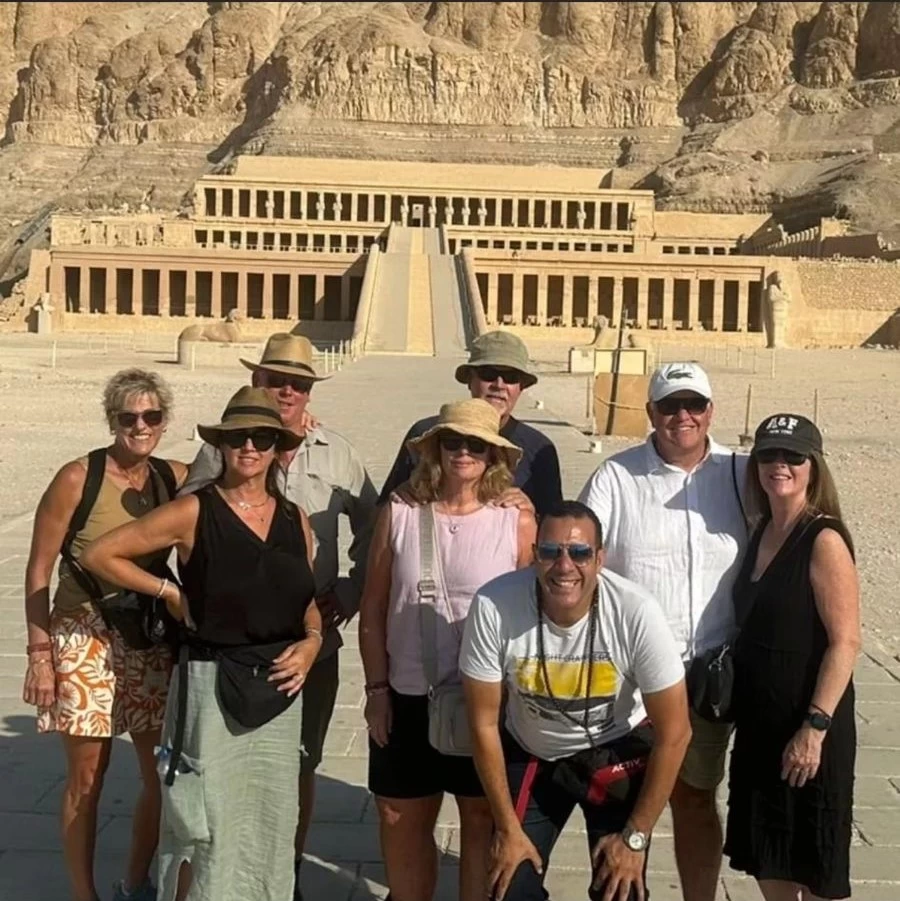
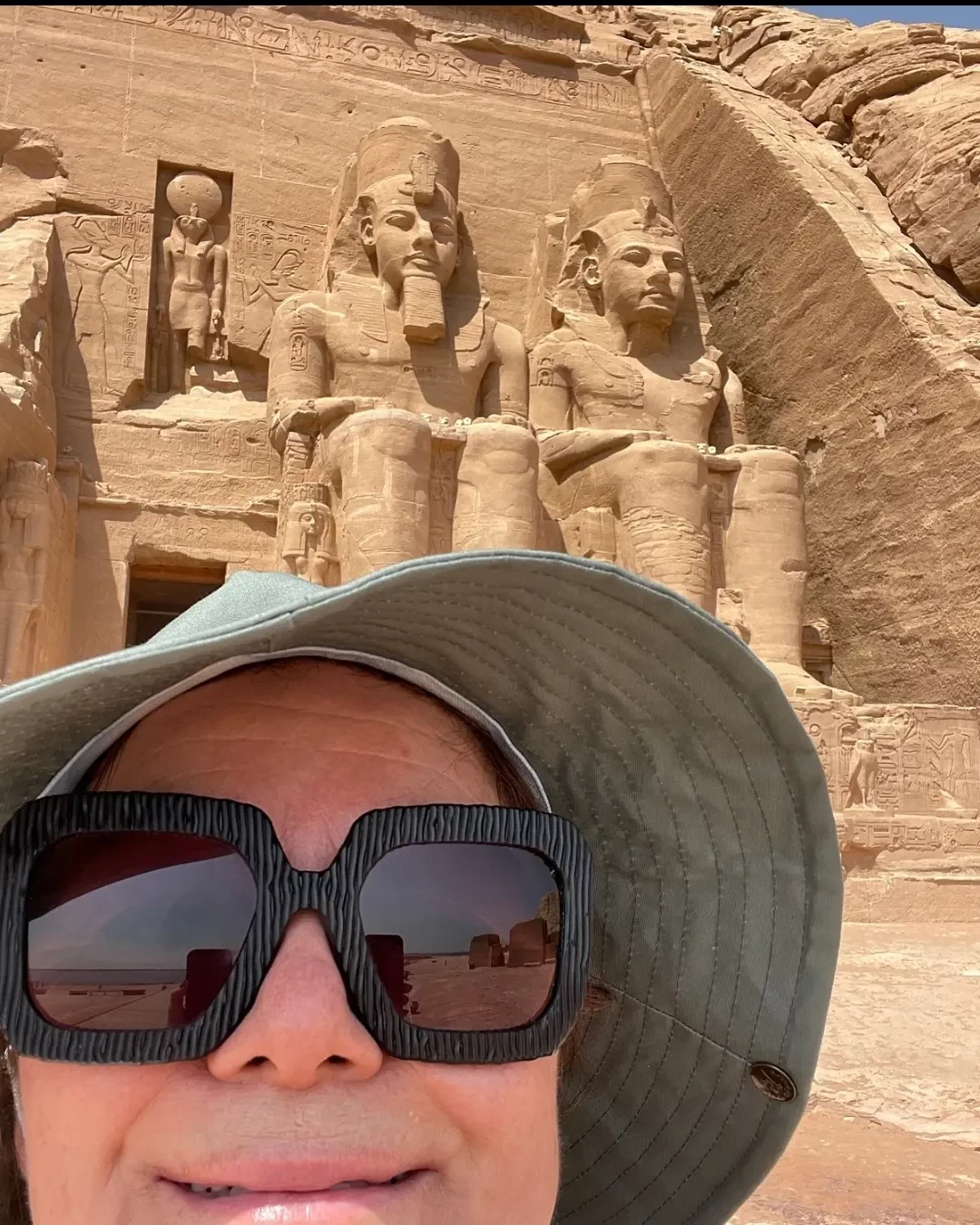
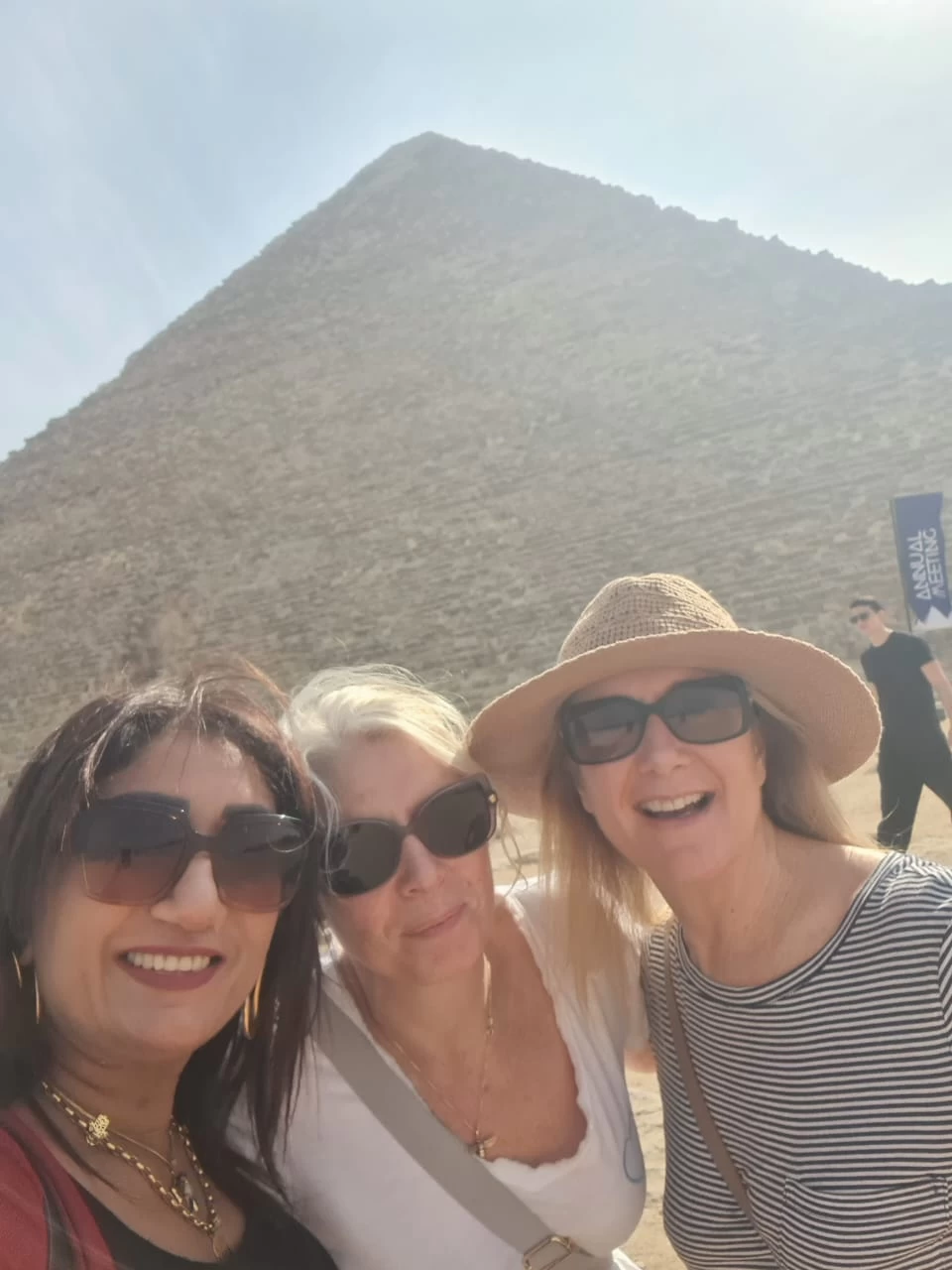
-webp.webp)

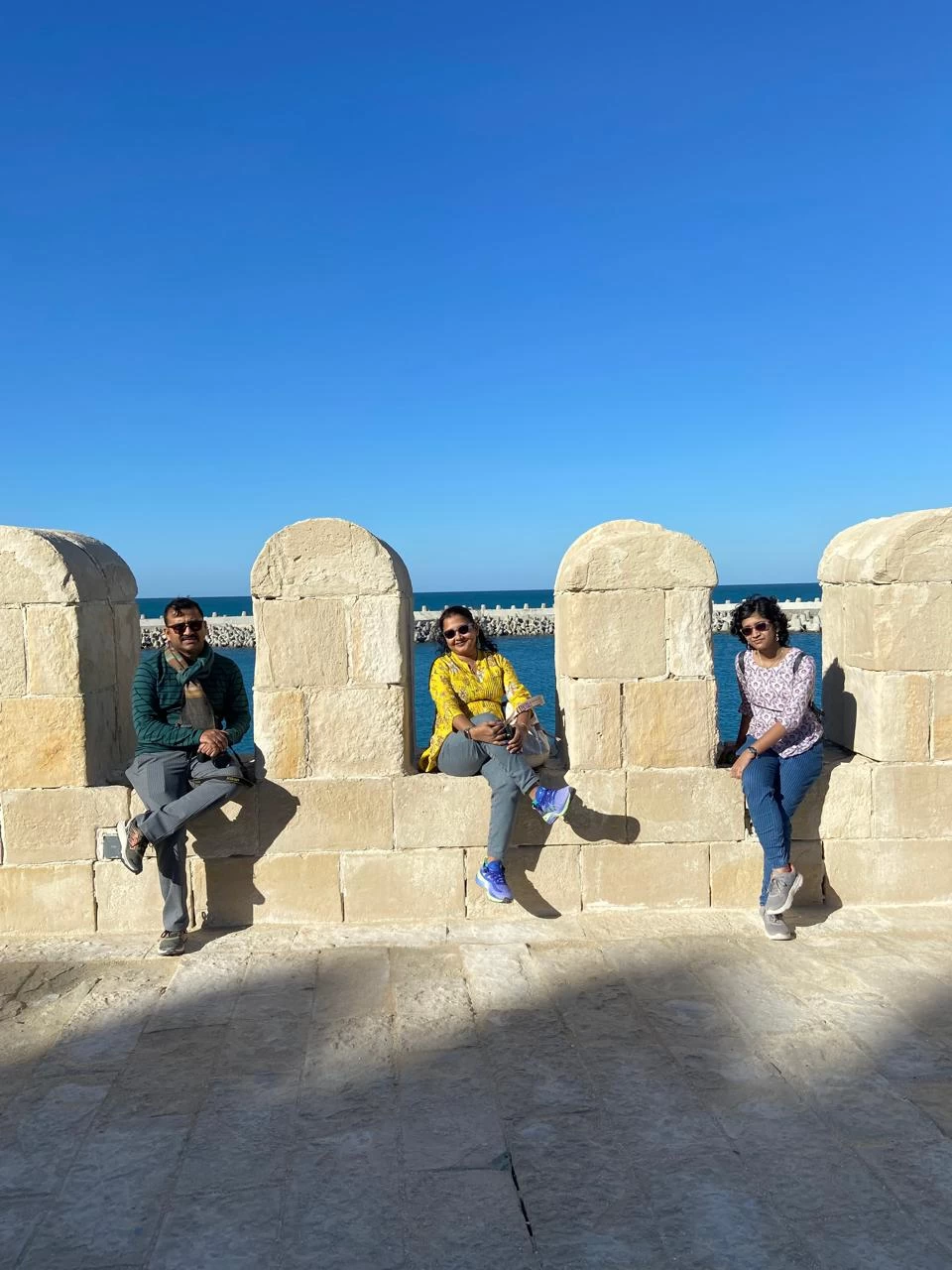
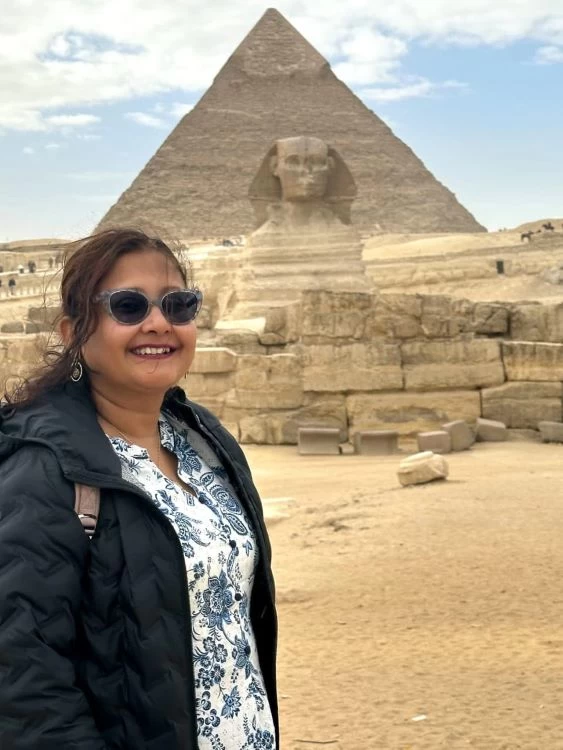
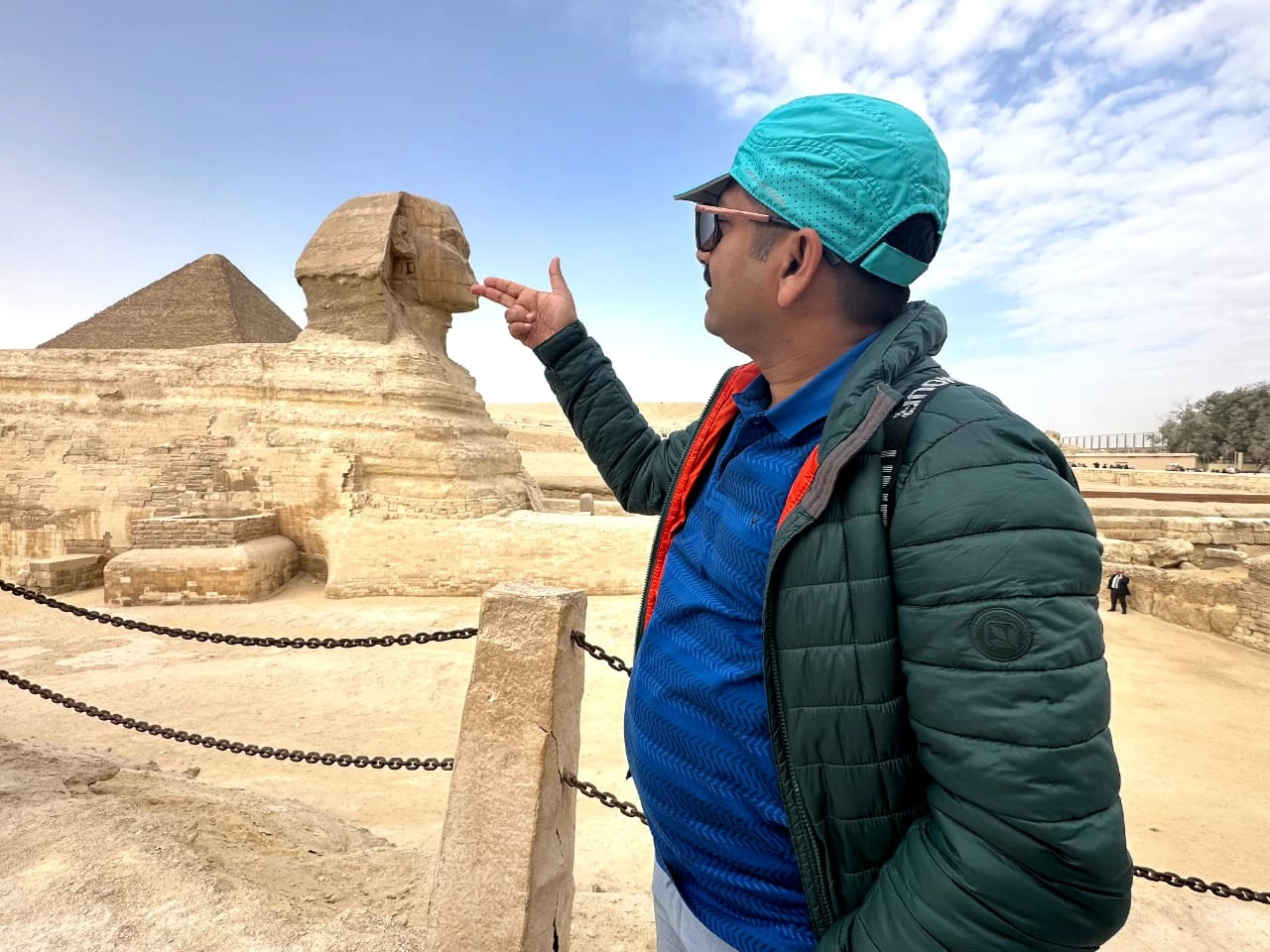
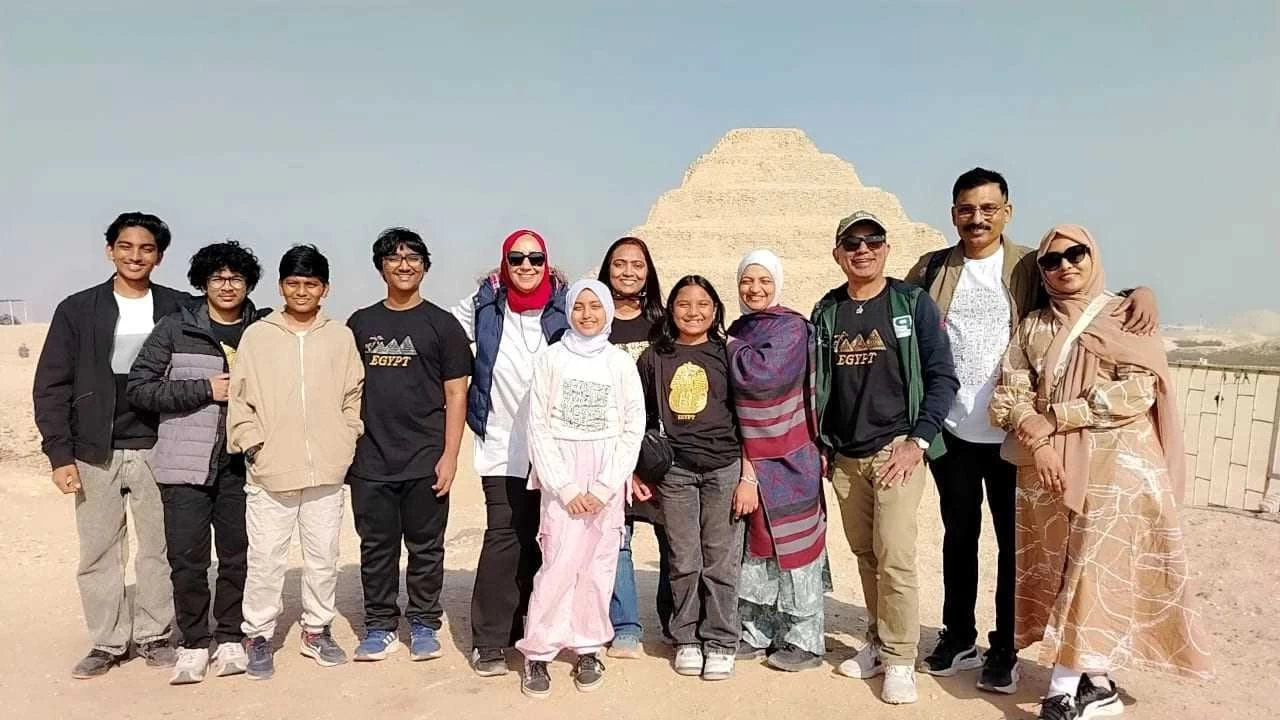
-webp.webp)
-webp.webp)
-webp.webp)
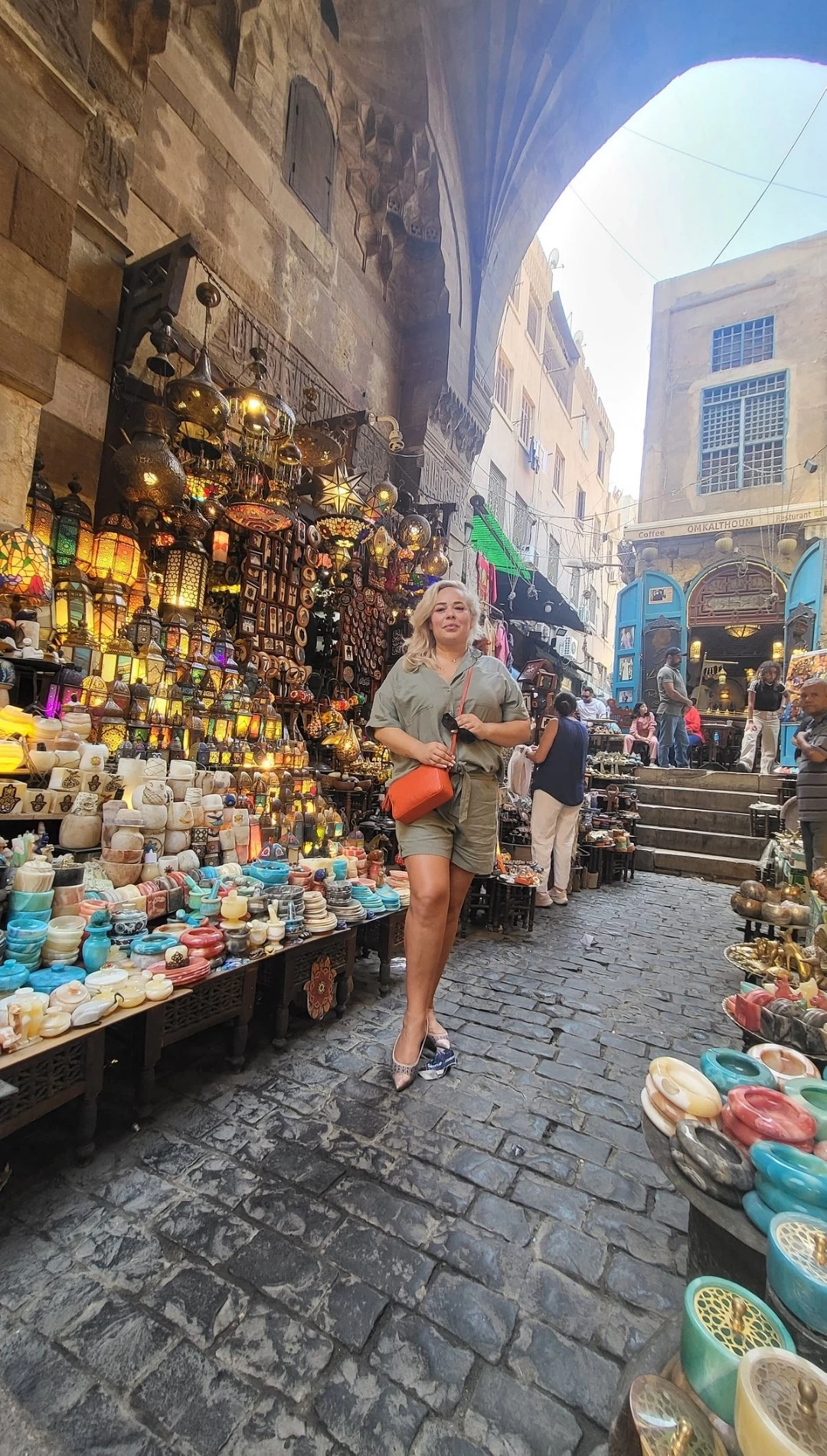
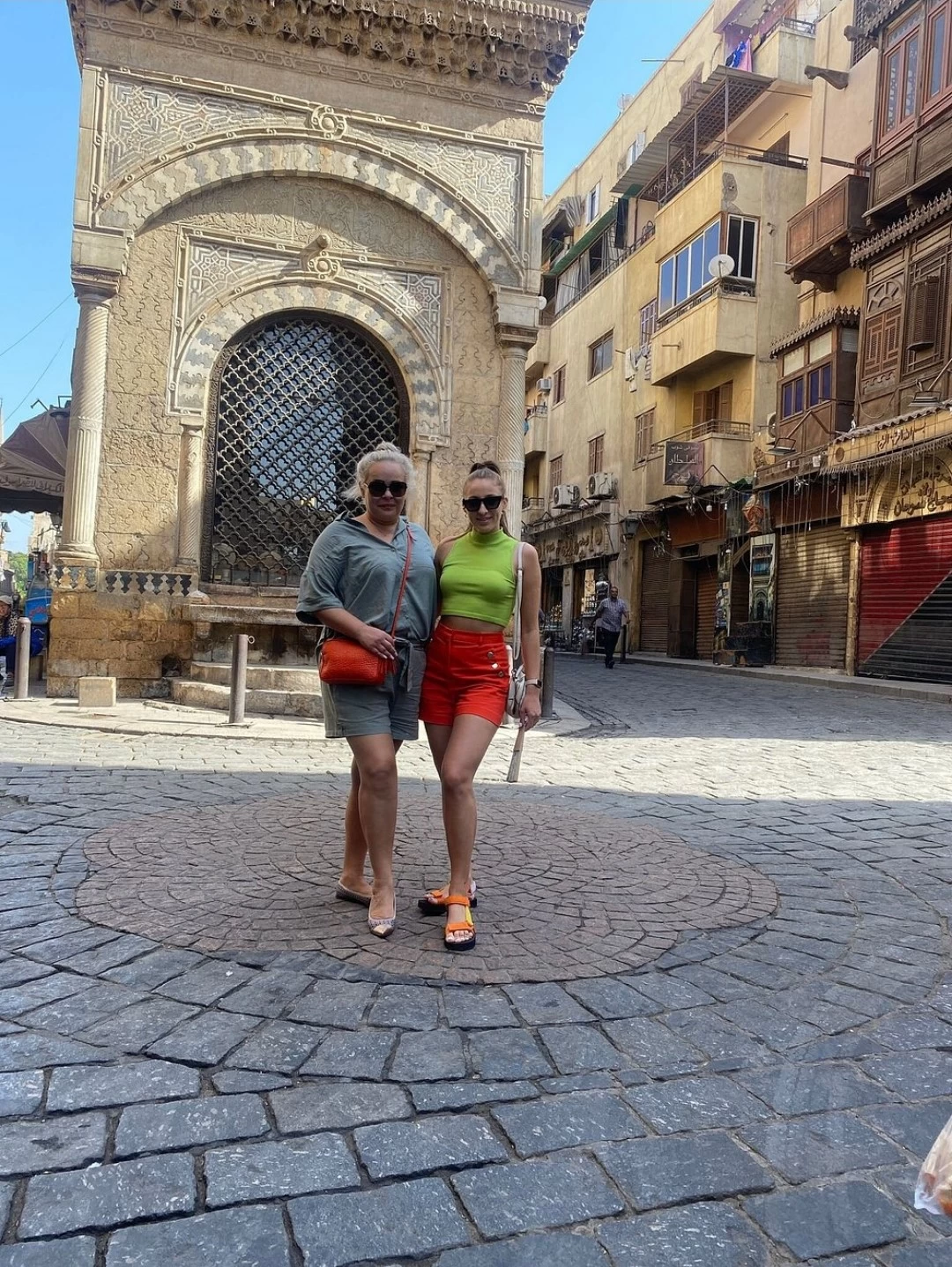

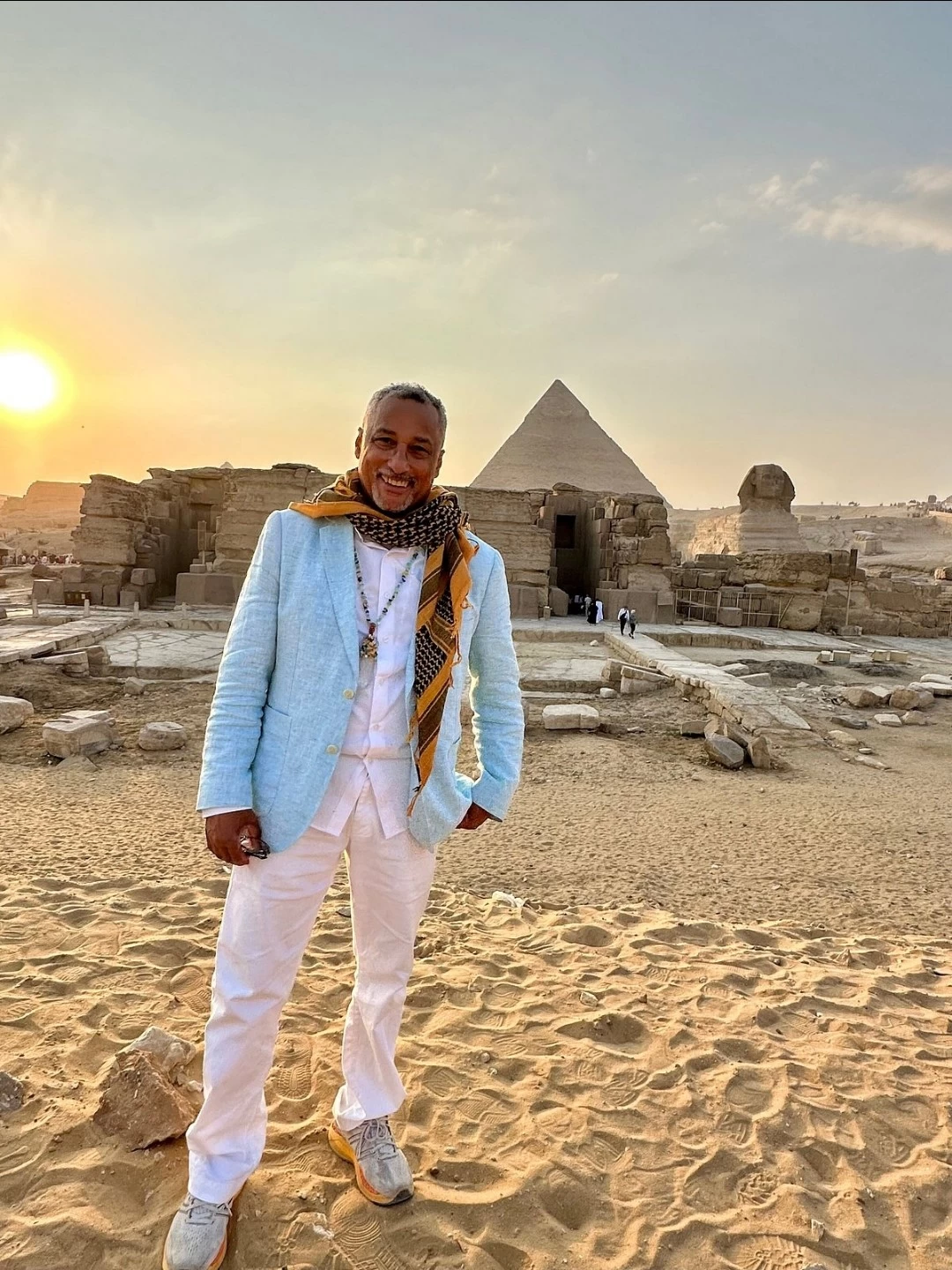
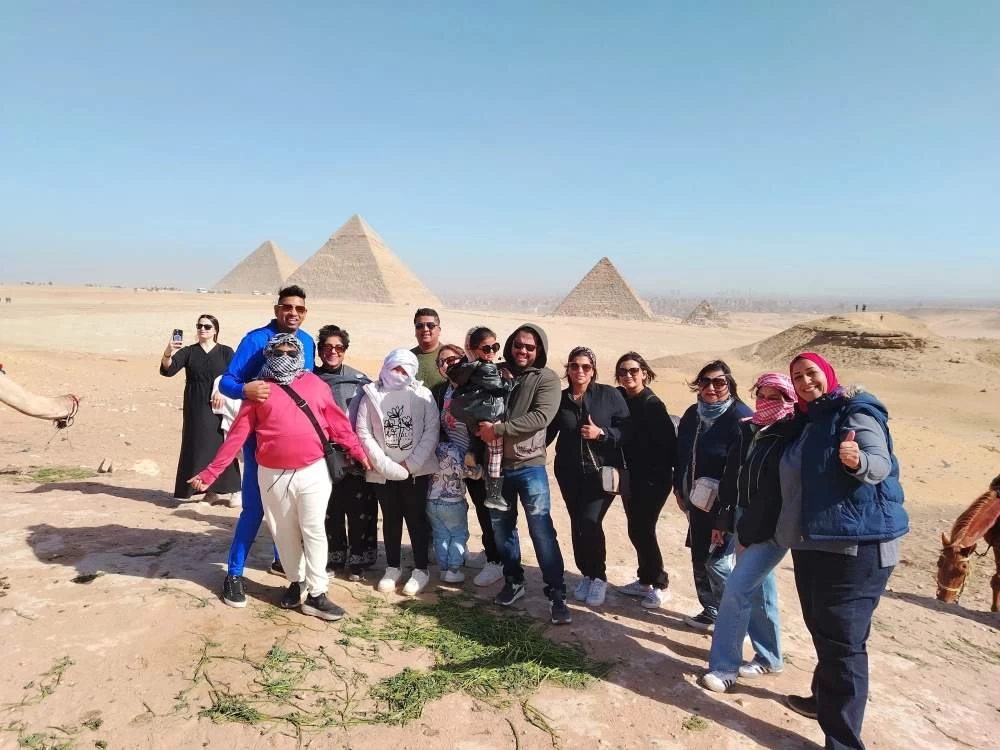
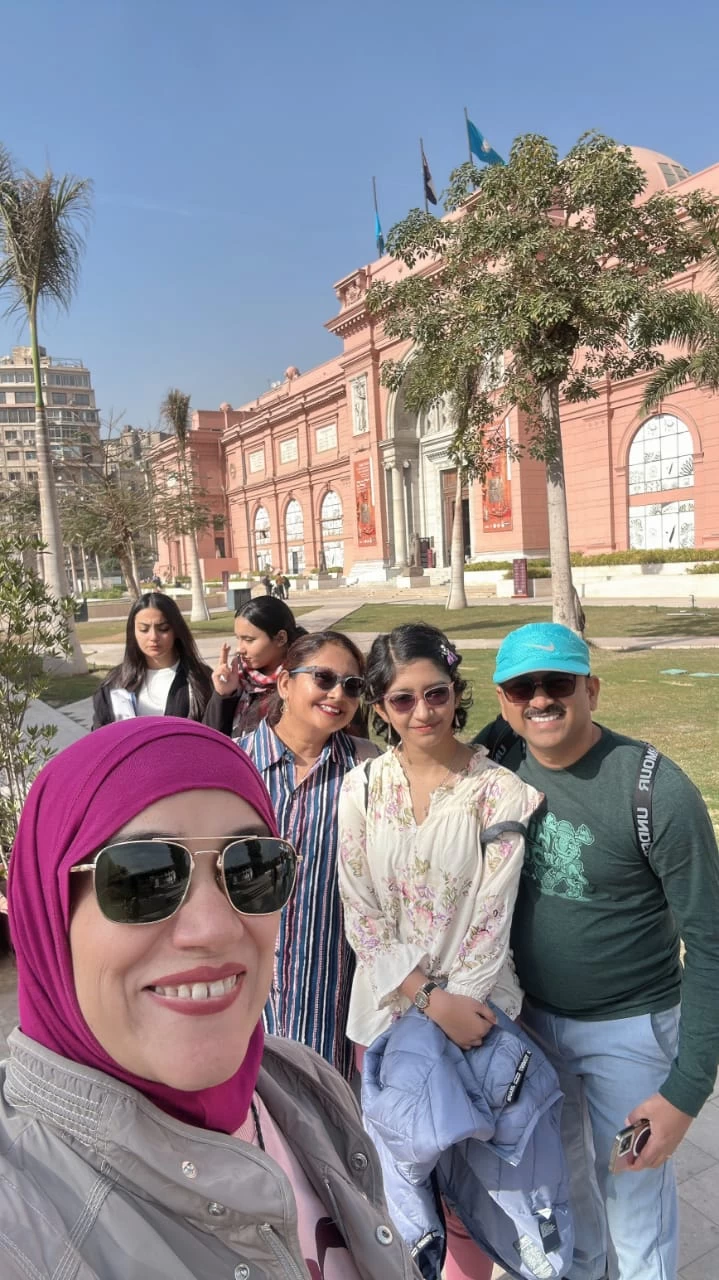
-webp.webp)
-webp.webp)
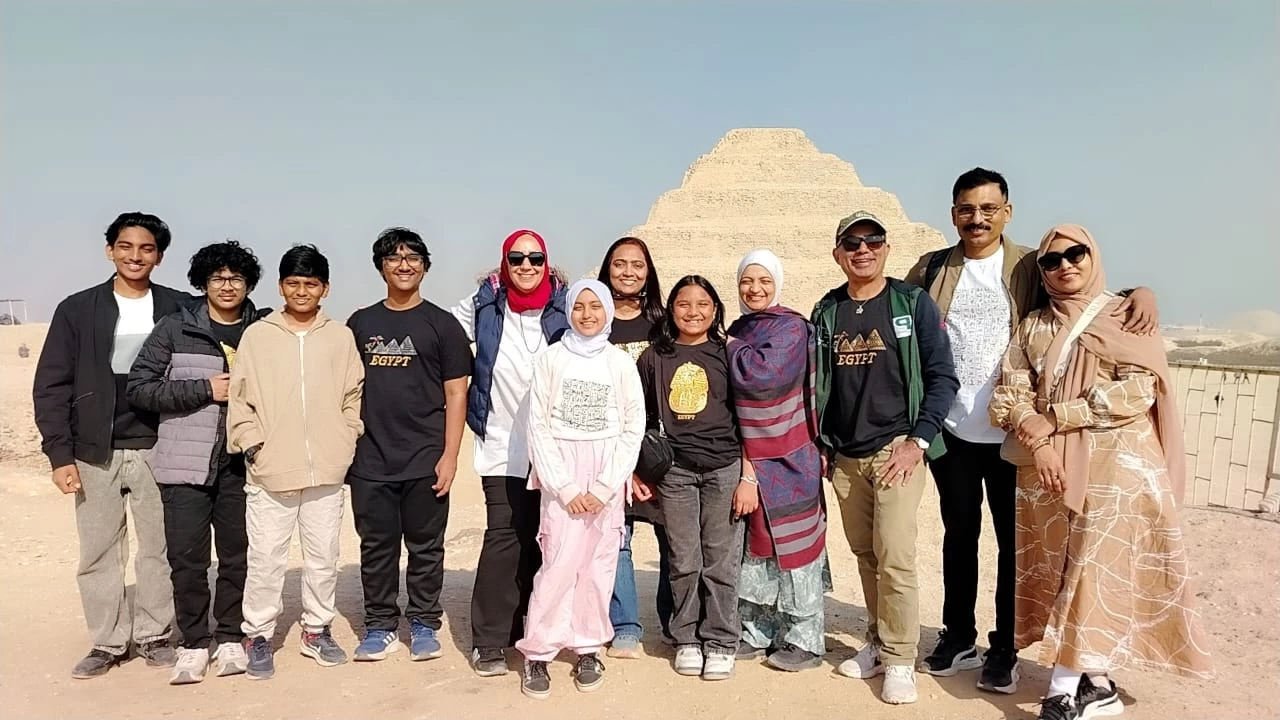
-webp.webp)
-webp.webp)
-webp.webp)
-webp.webp)
-webp.webp)
-webp.webp)
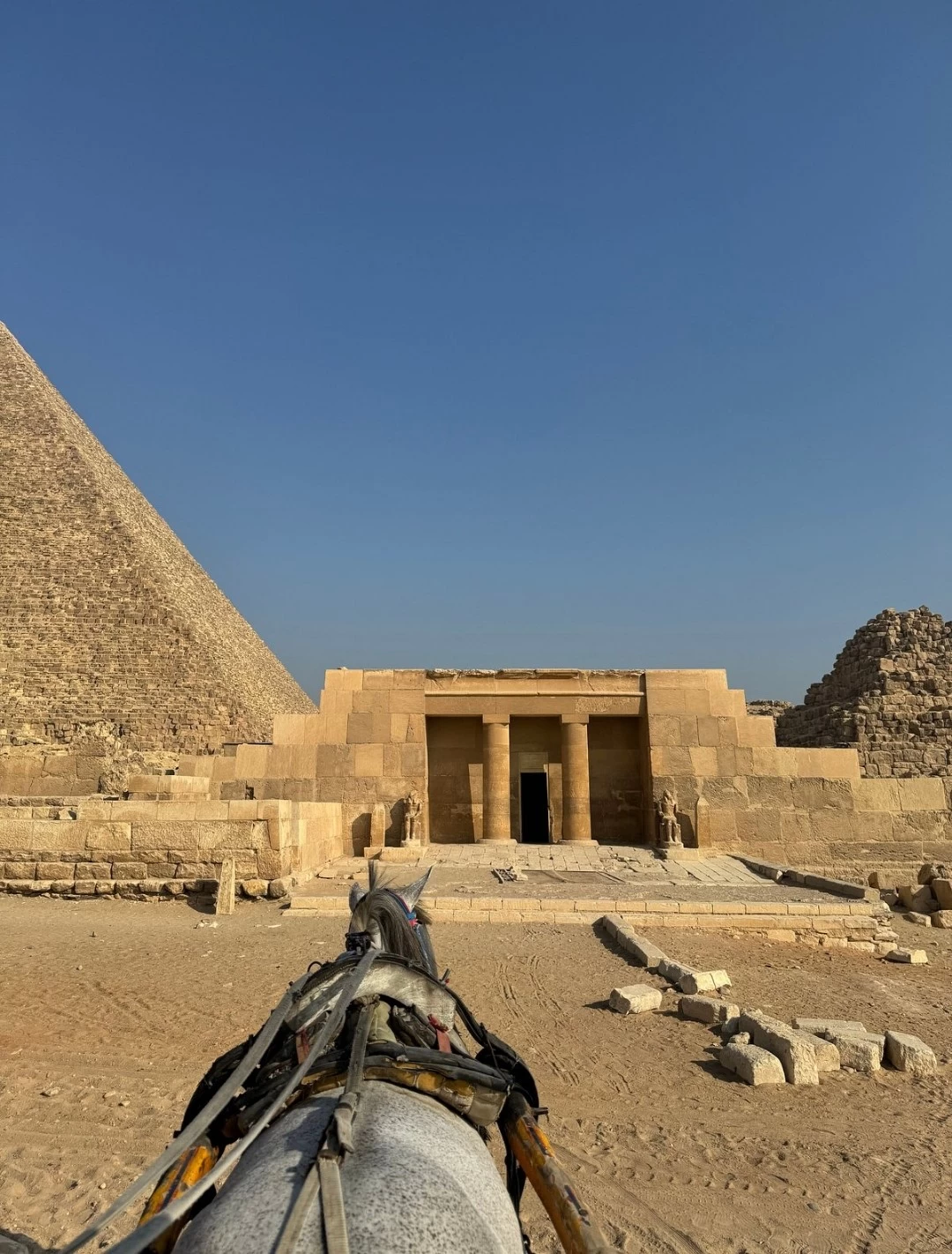
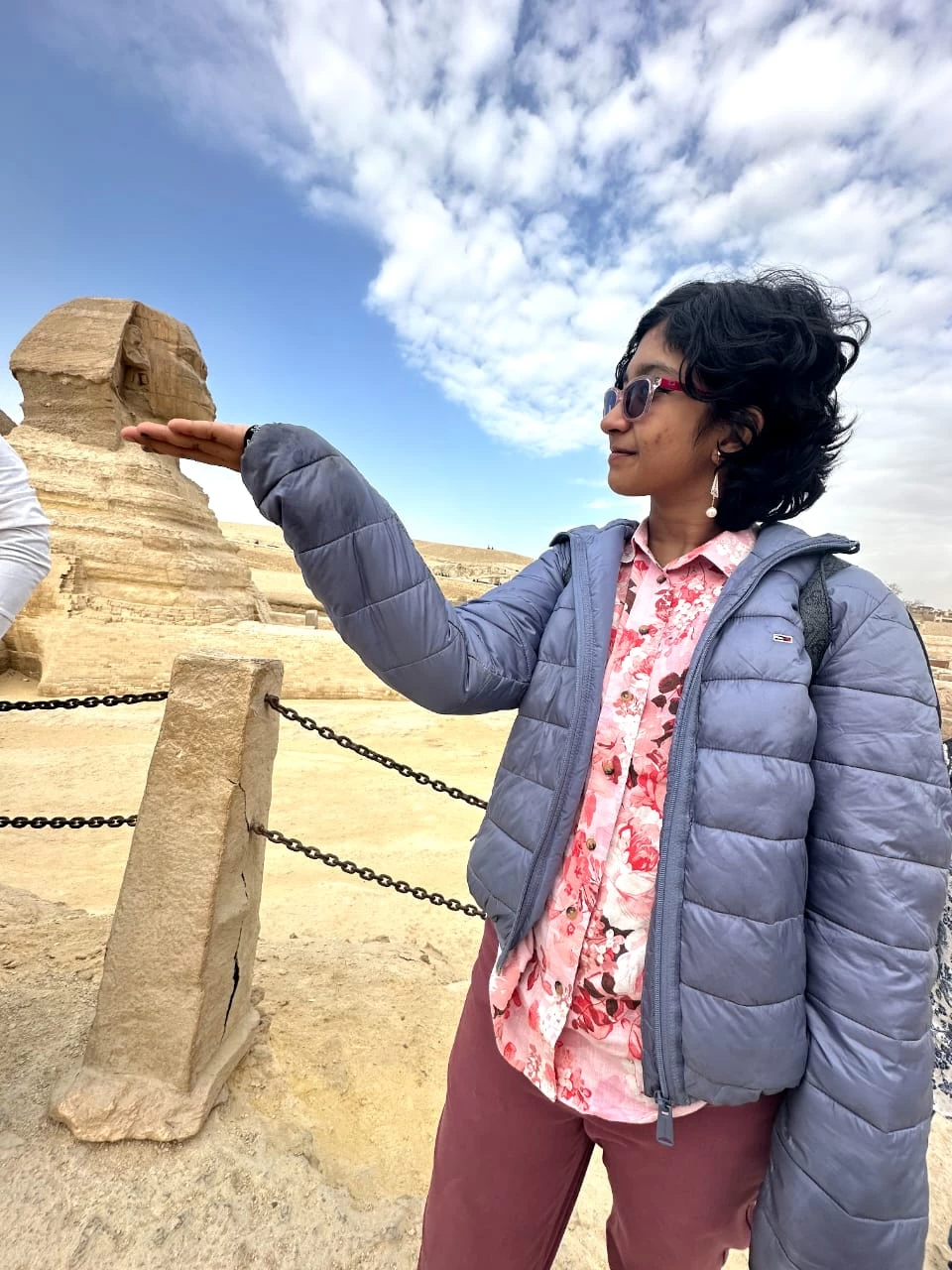
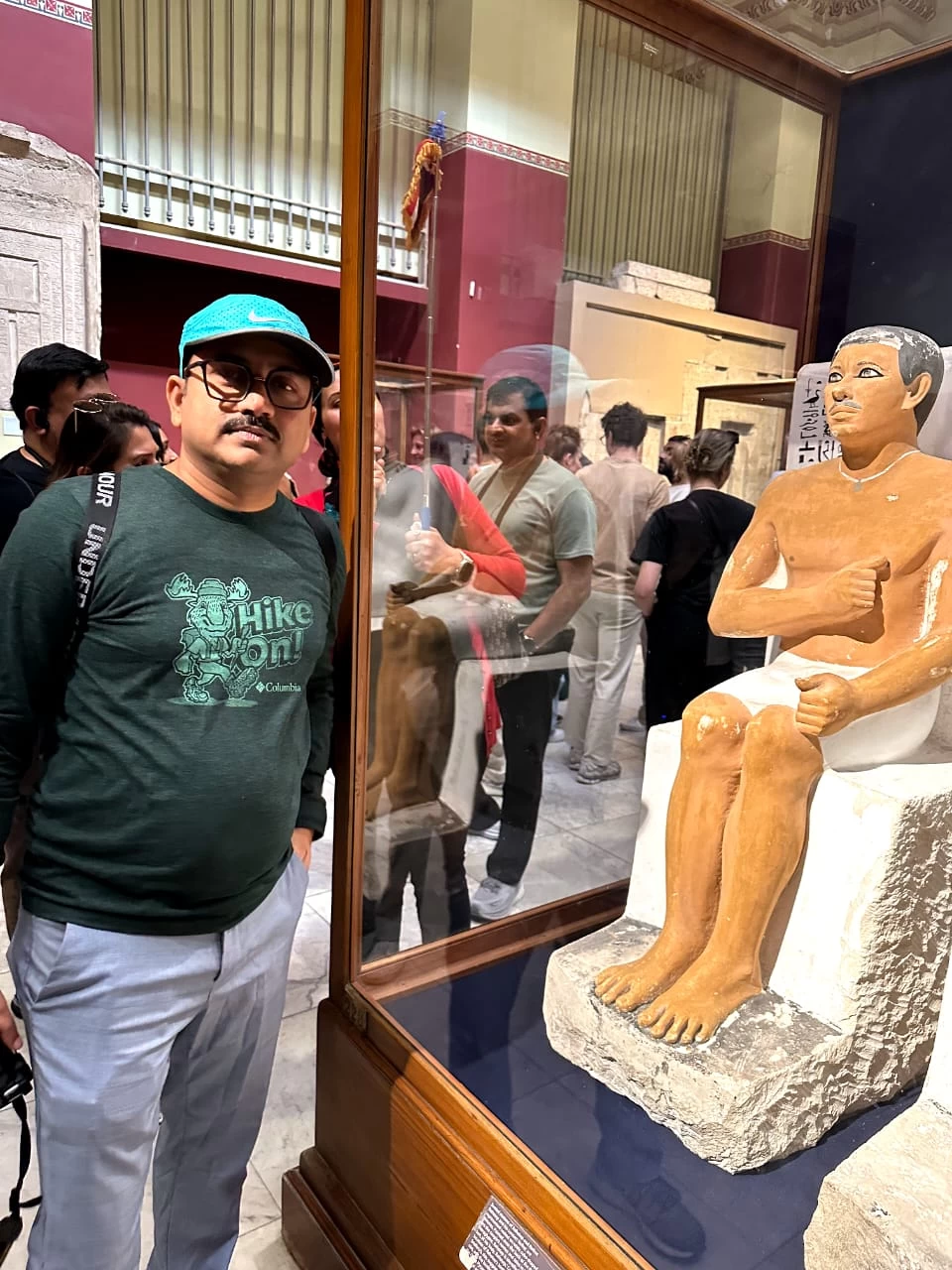
-webp.webp)
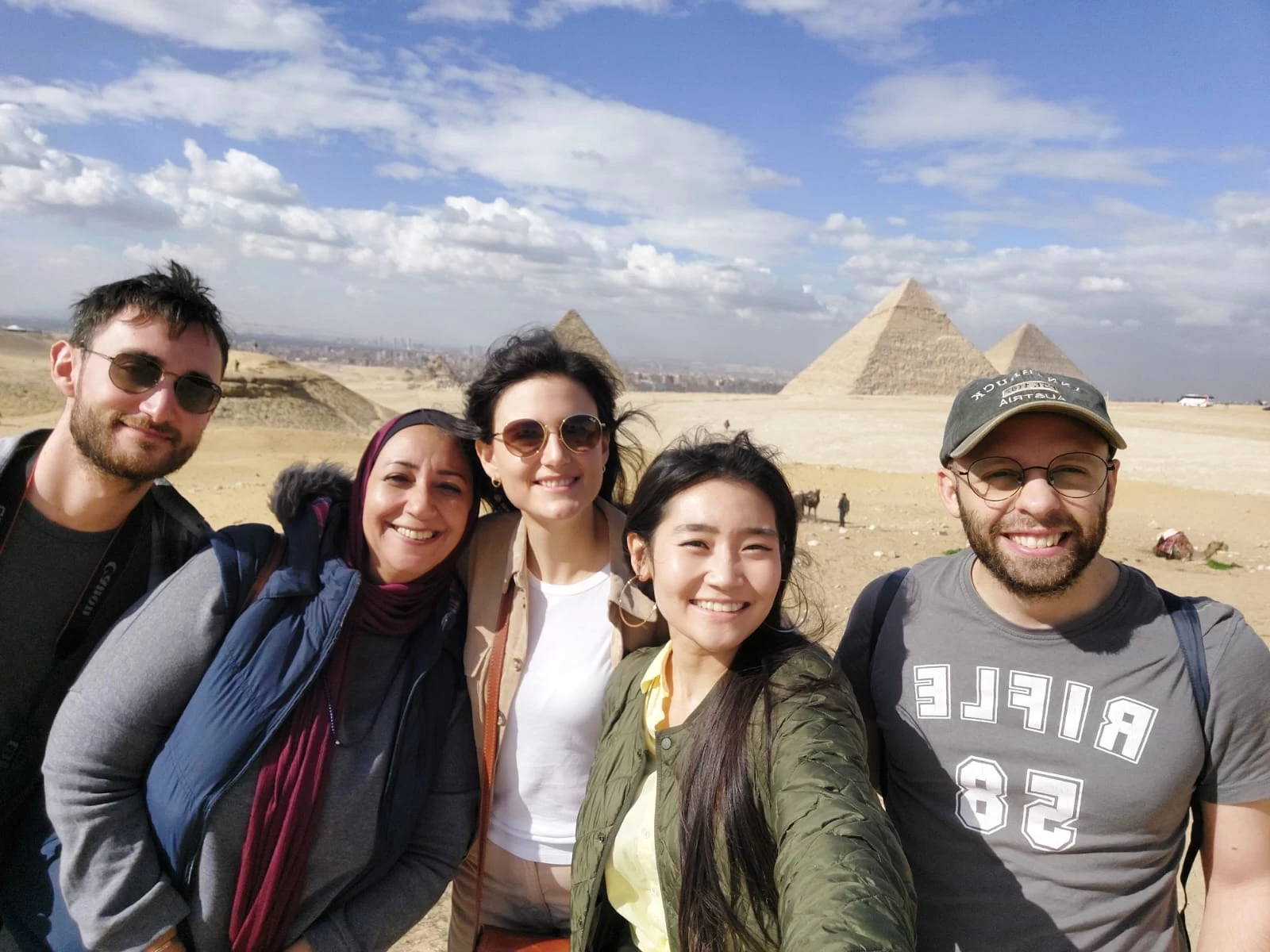
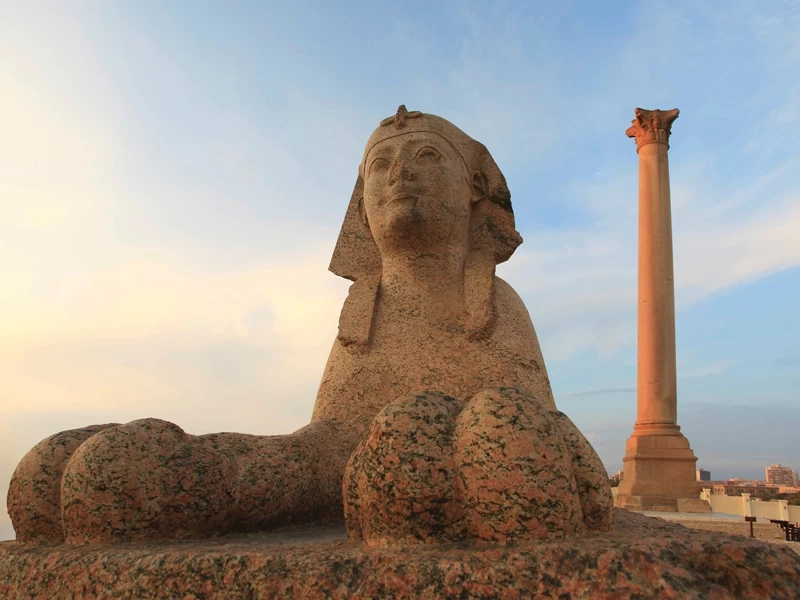
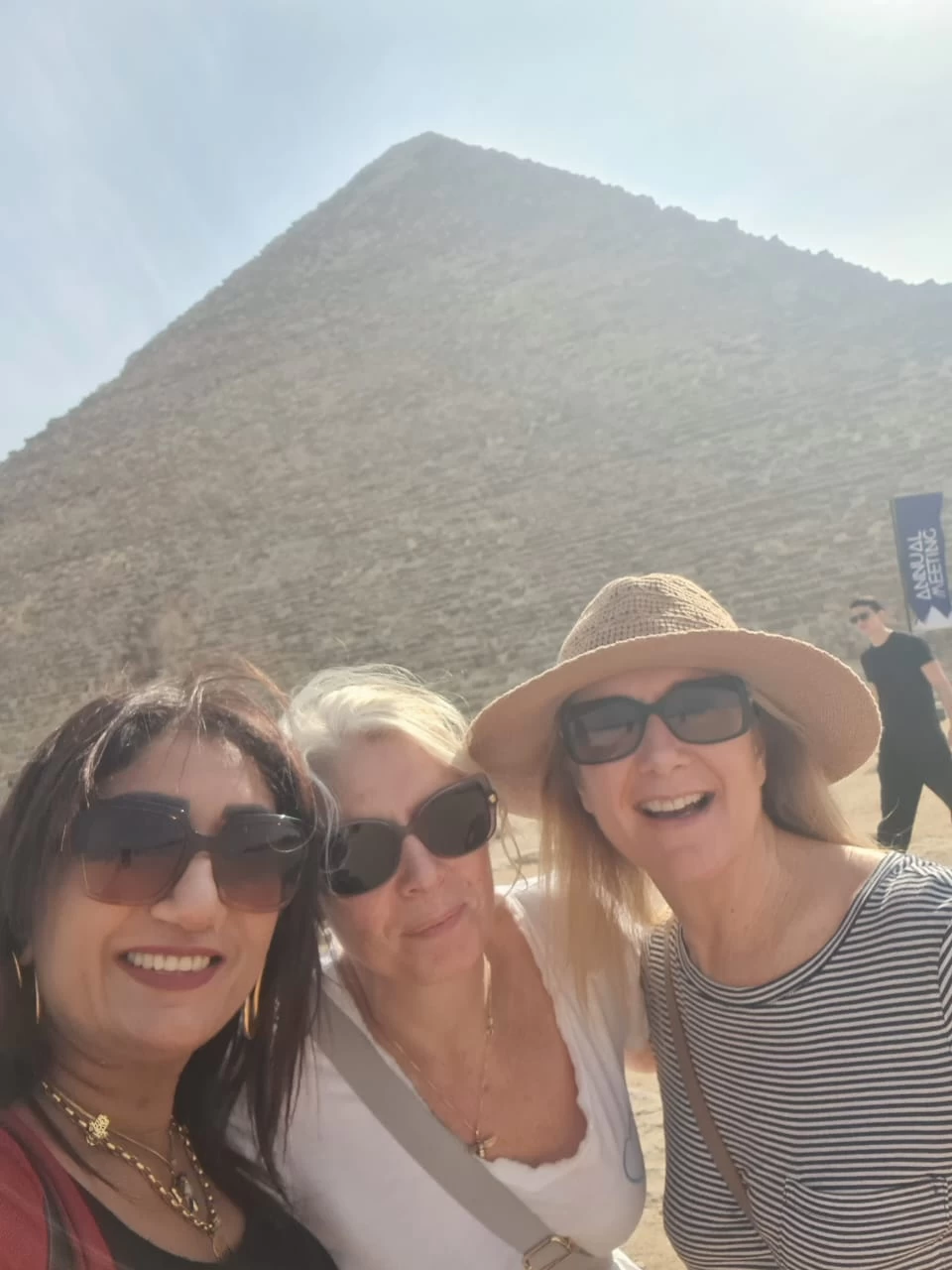


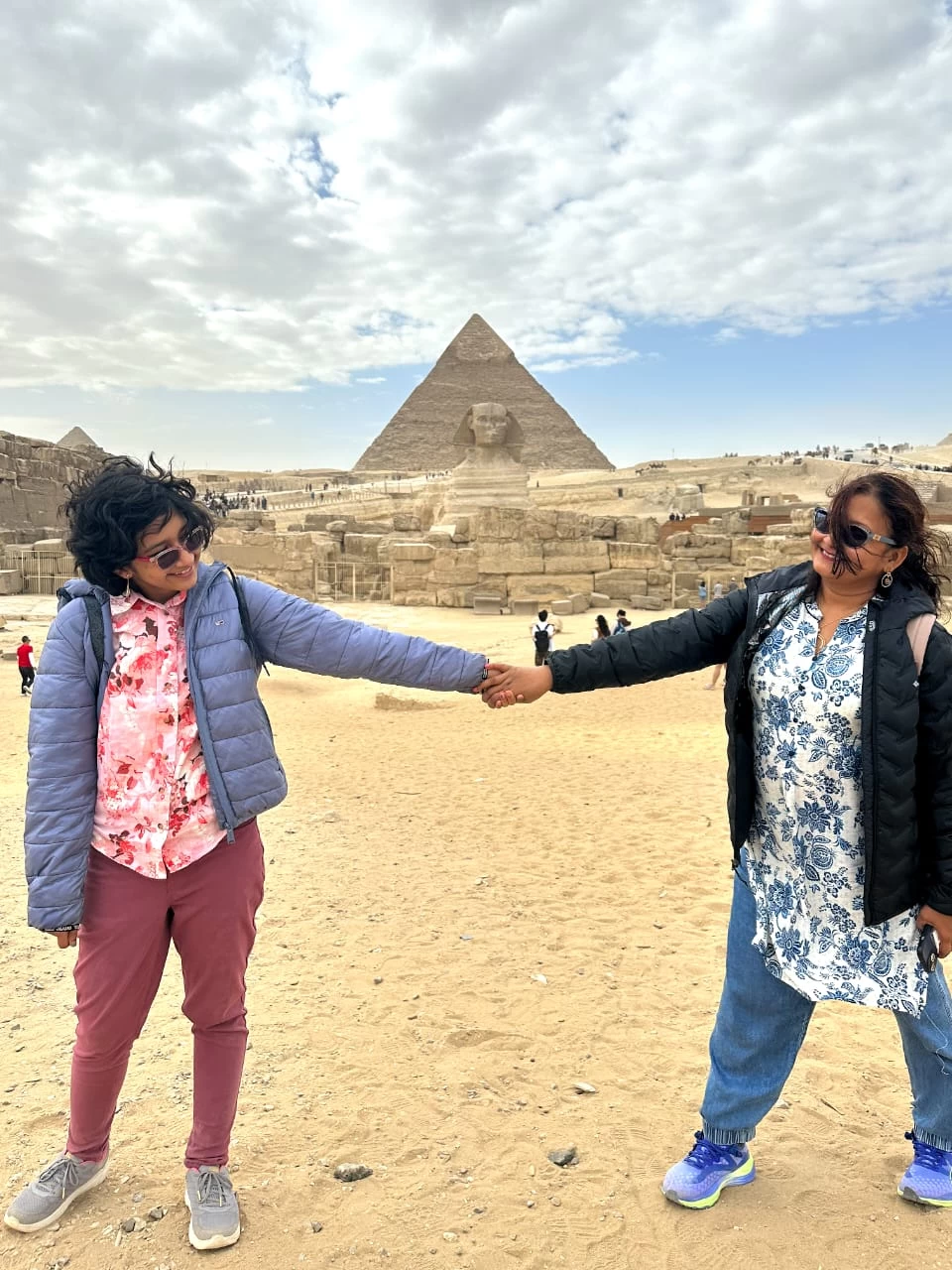
-webp.webp)
-webp.webp)







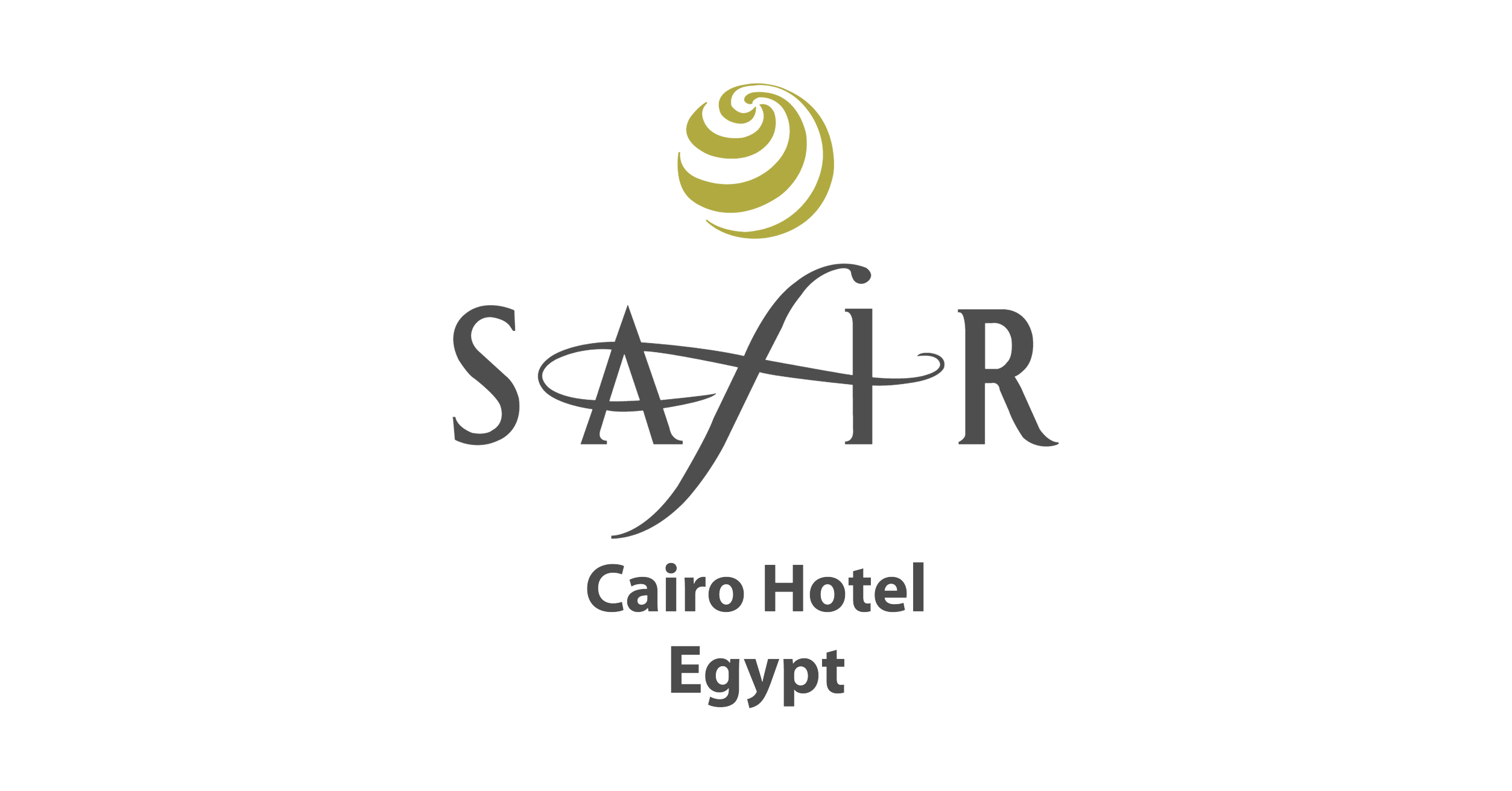


.png)

